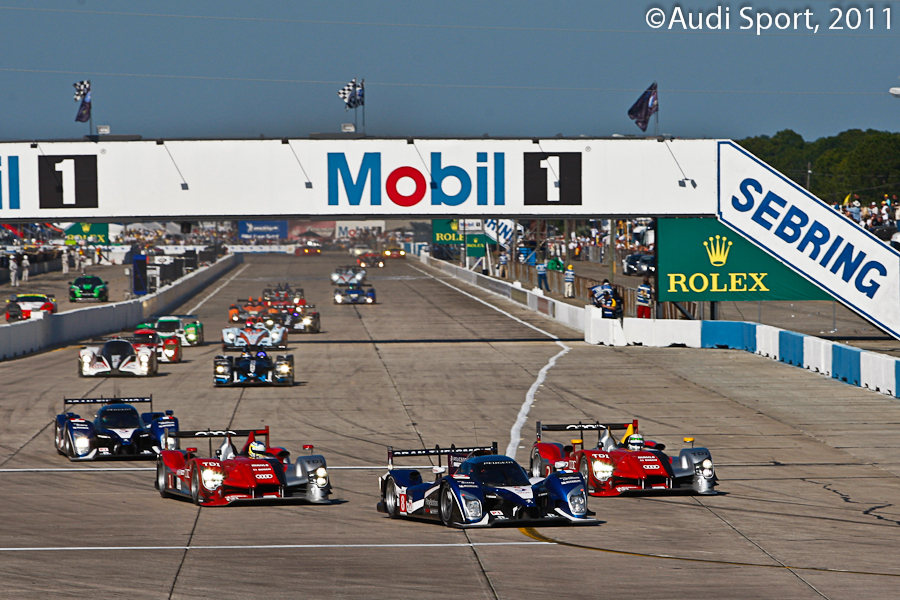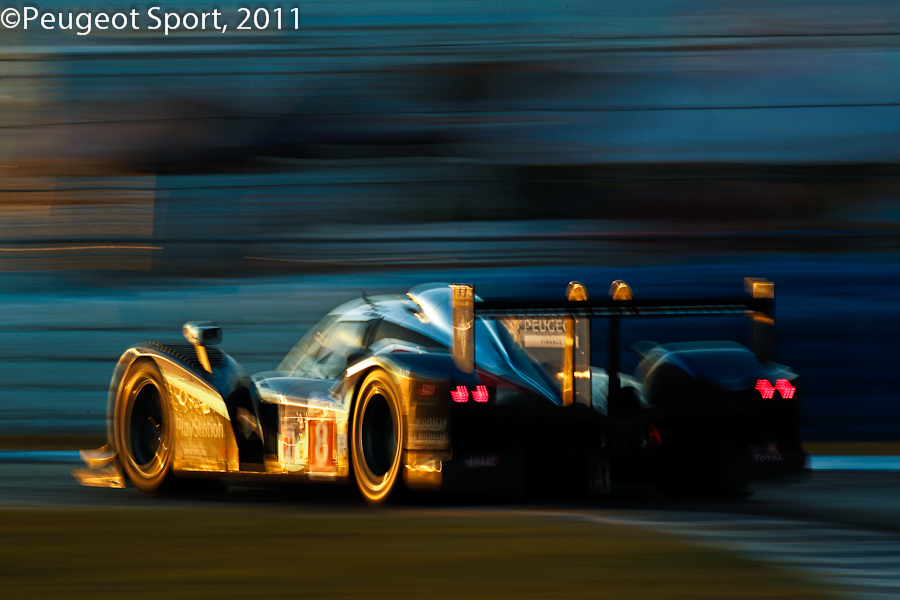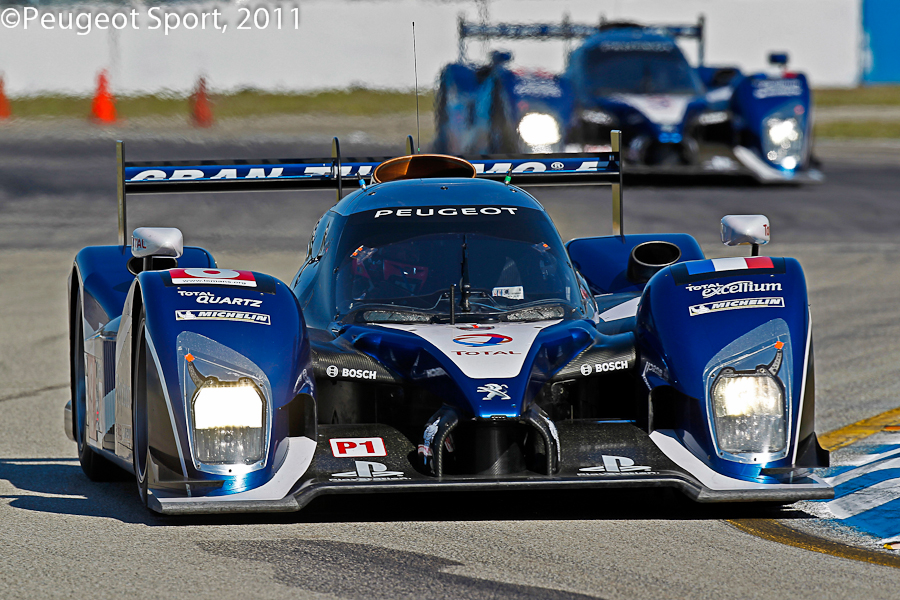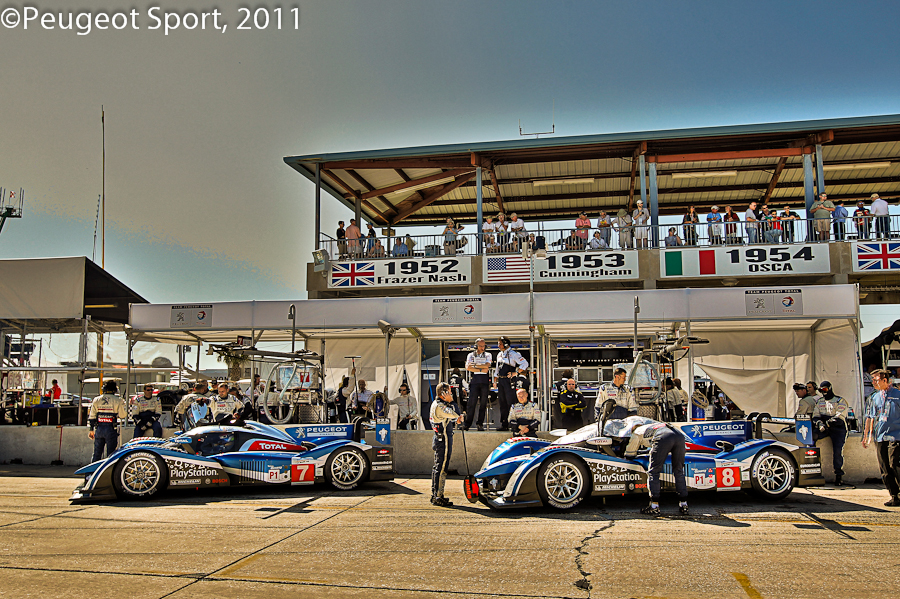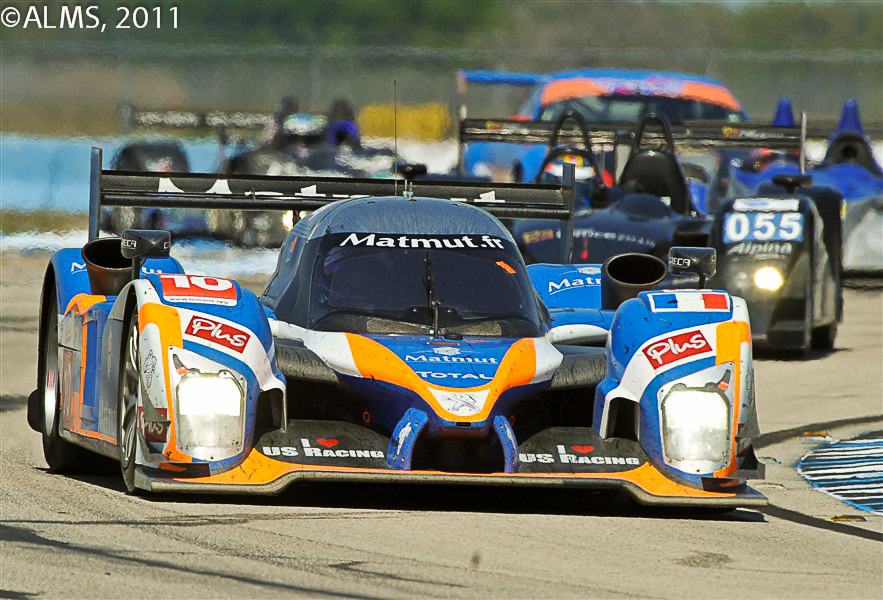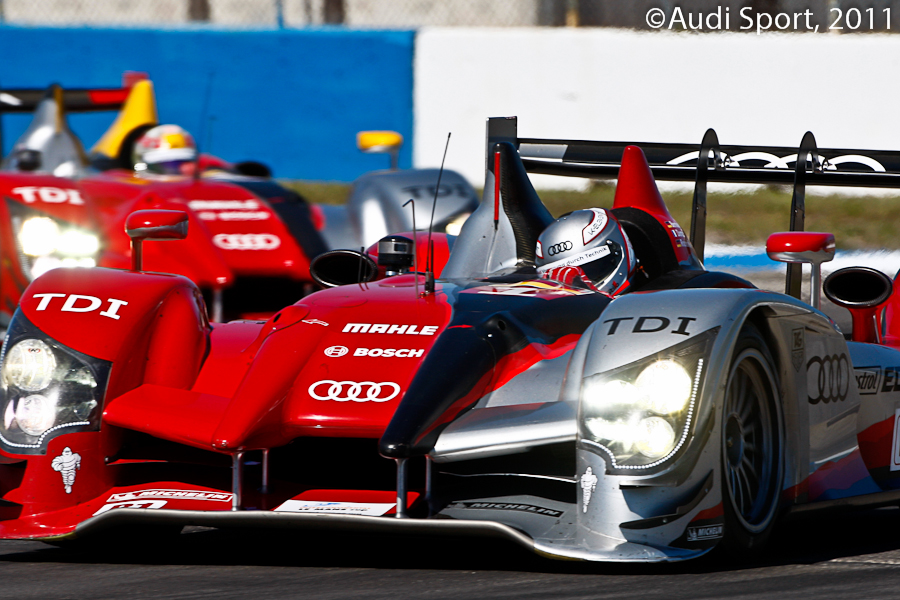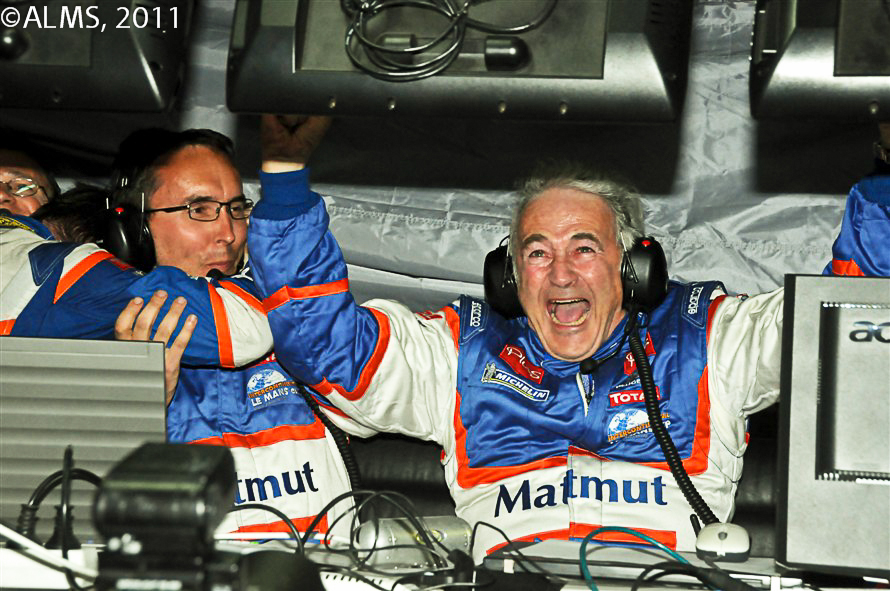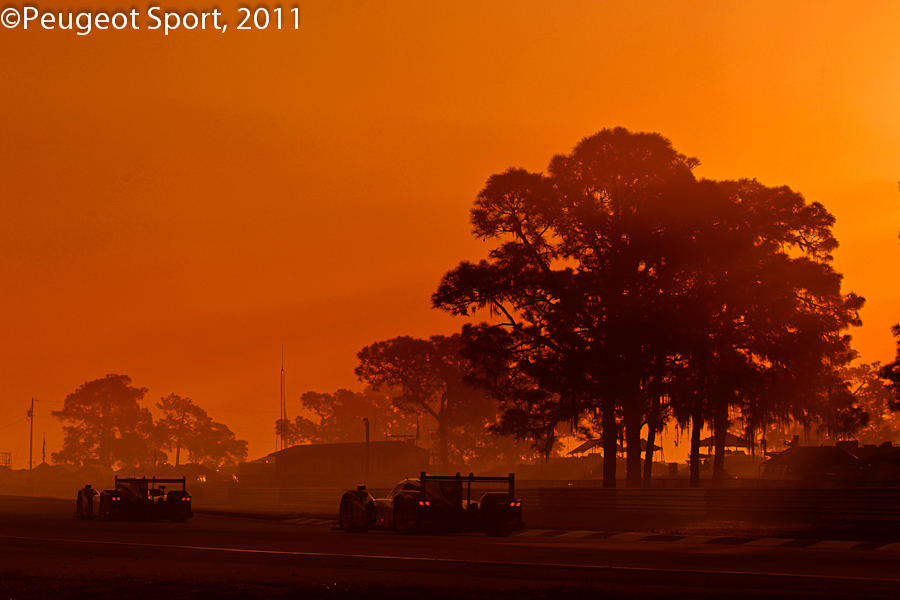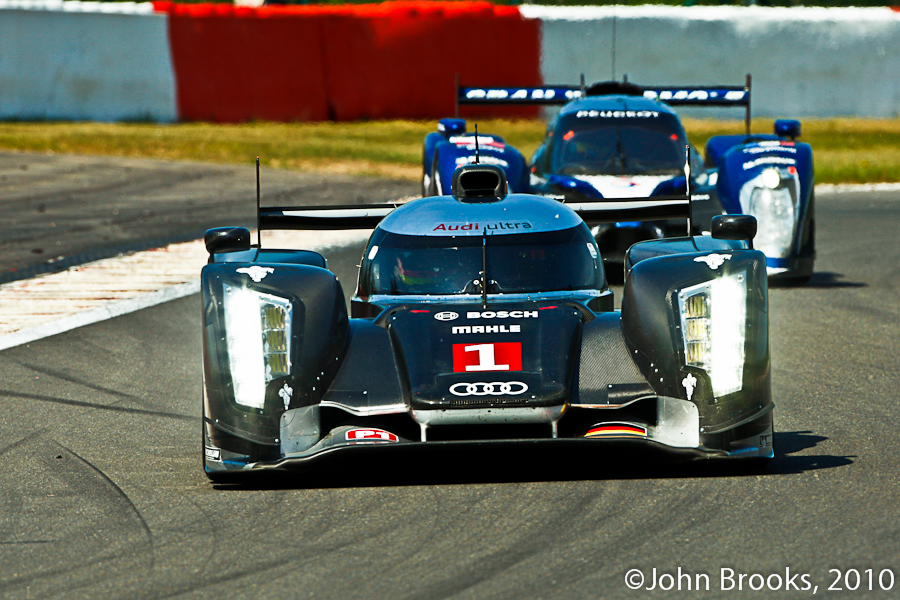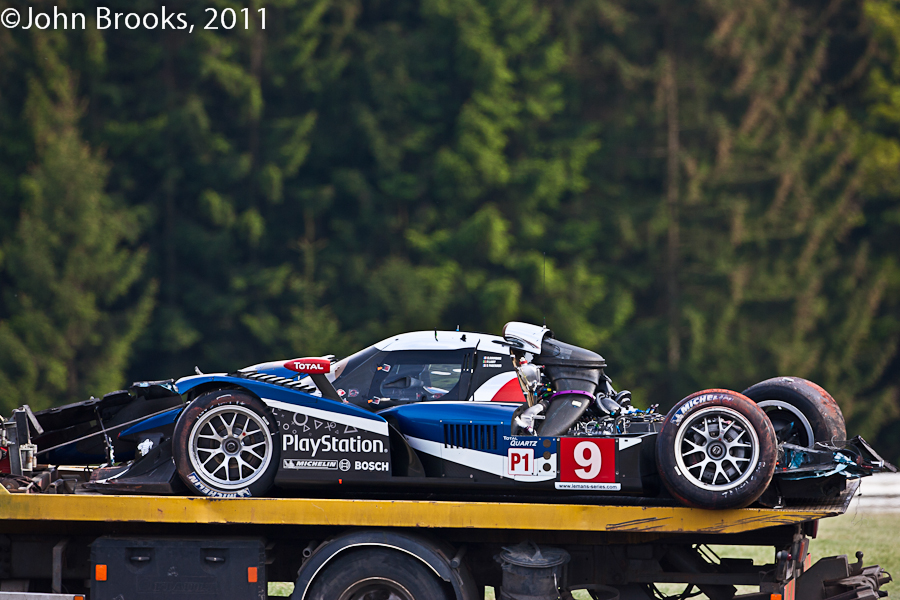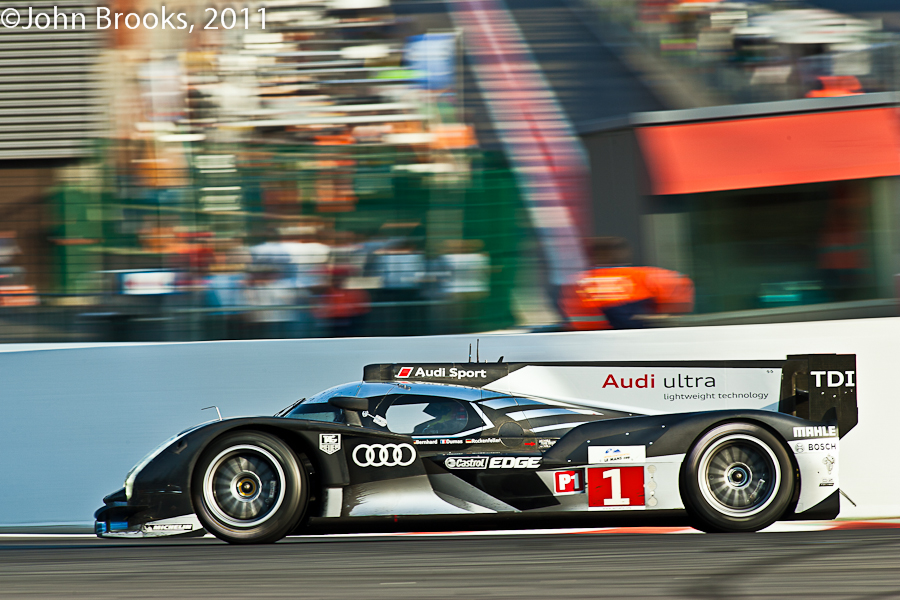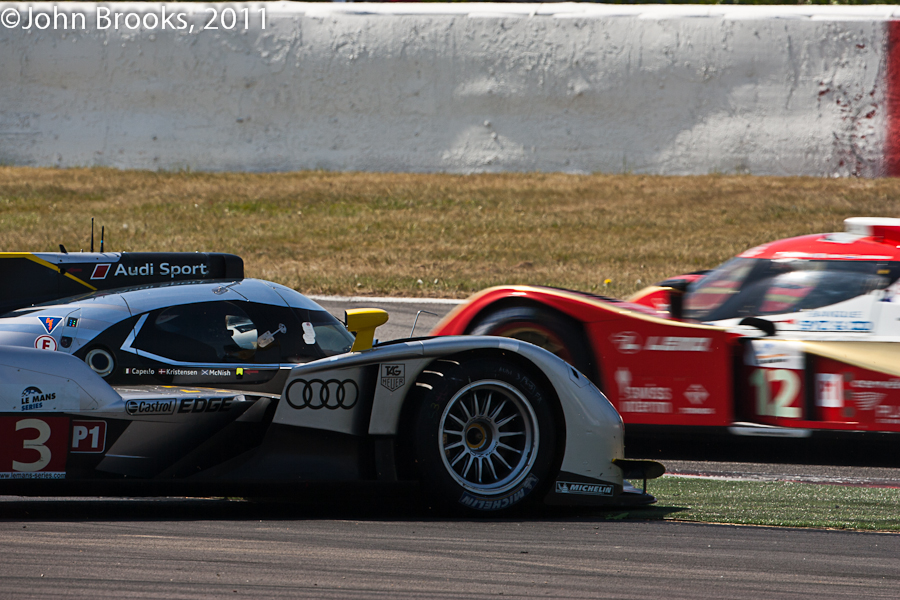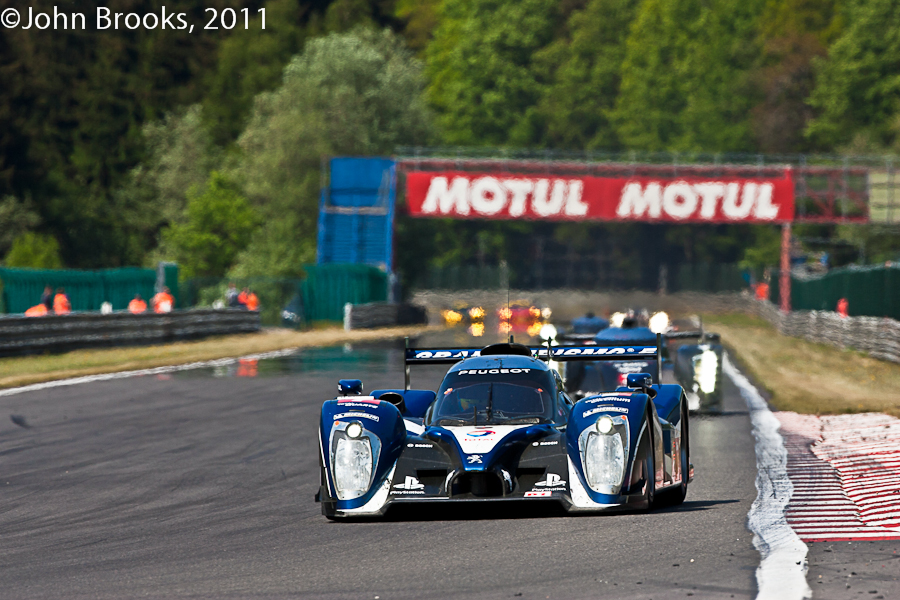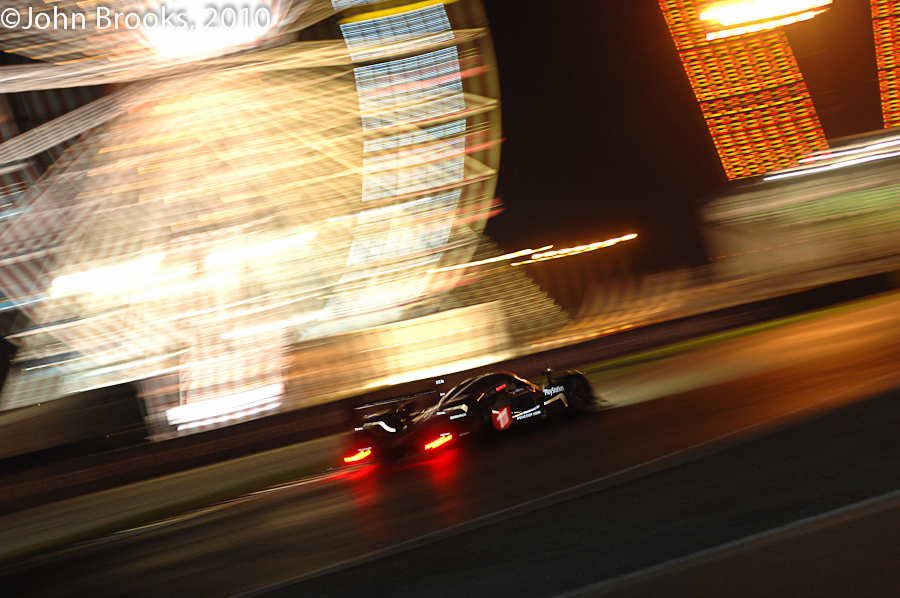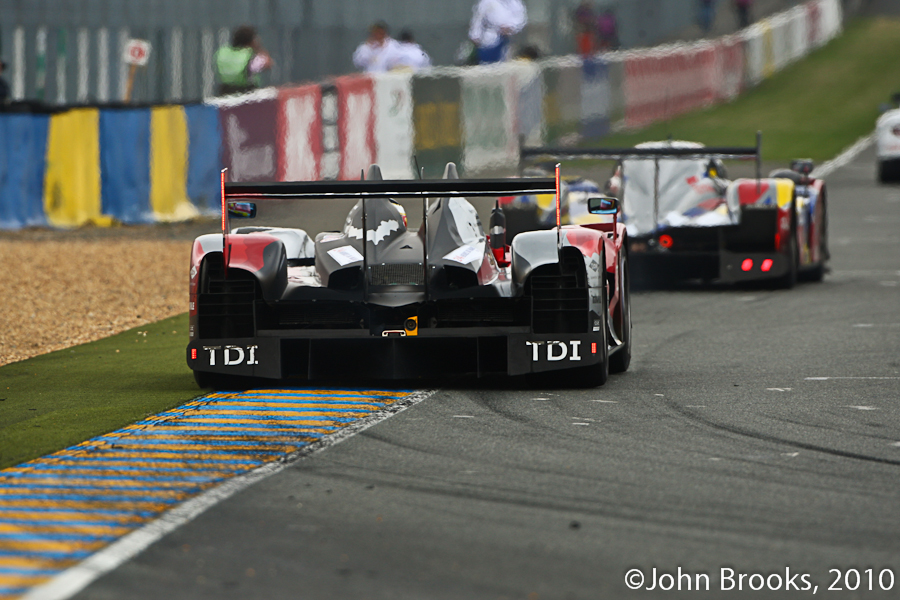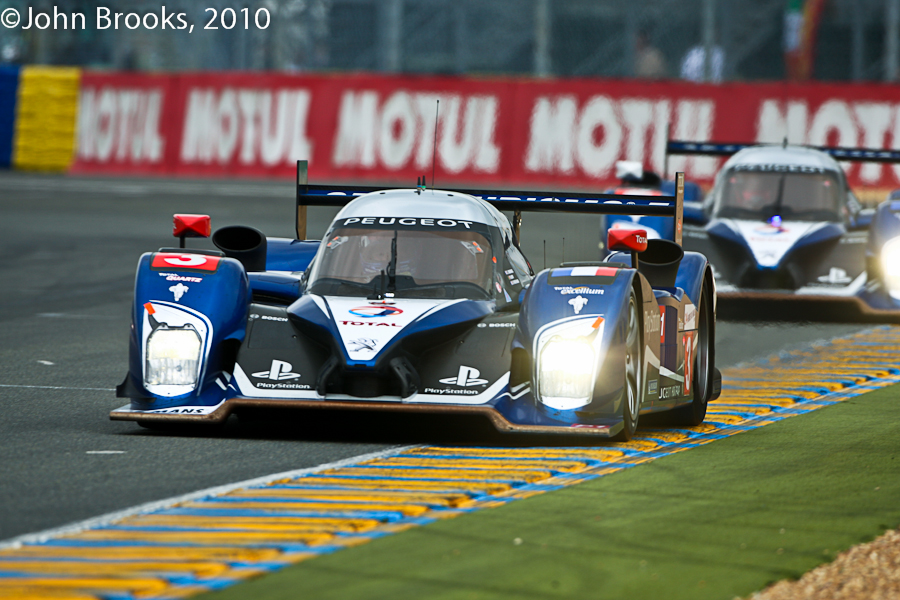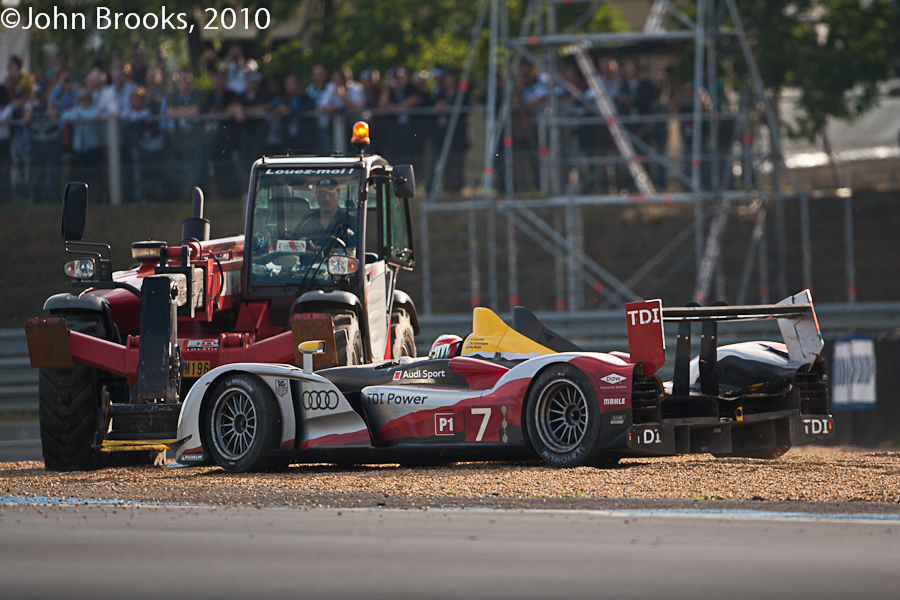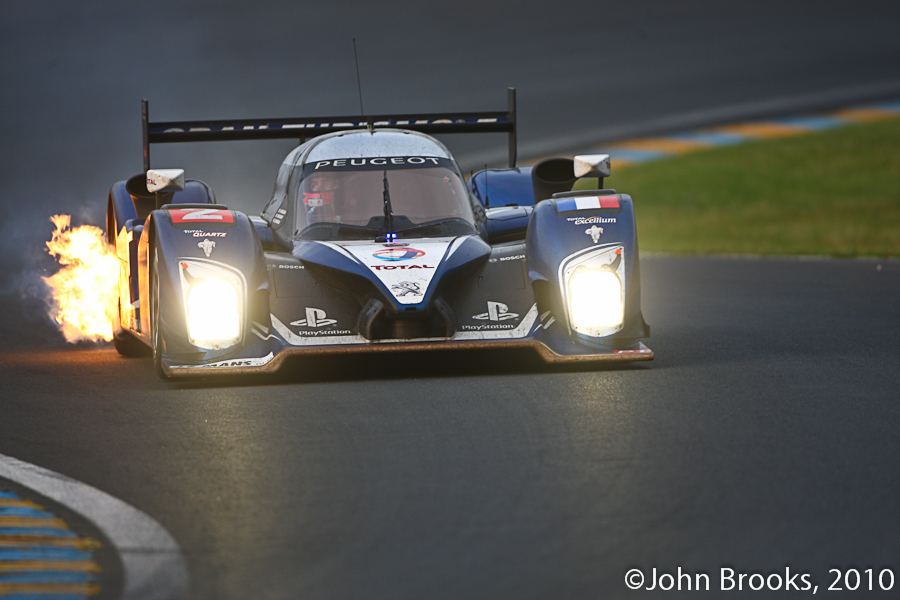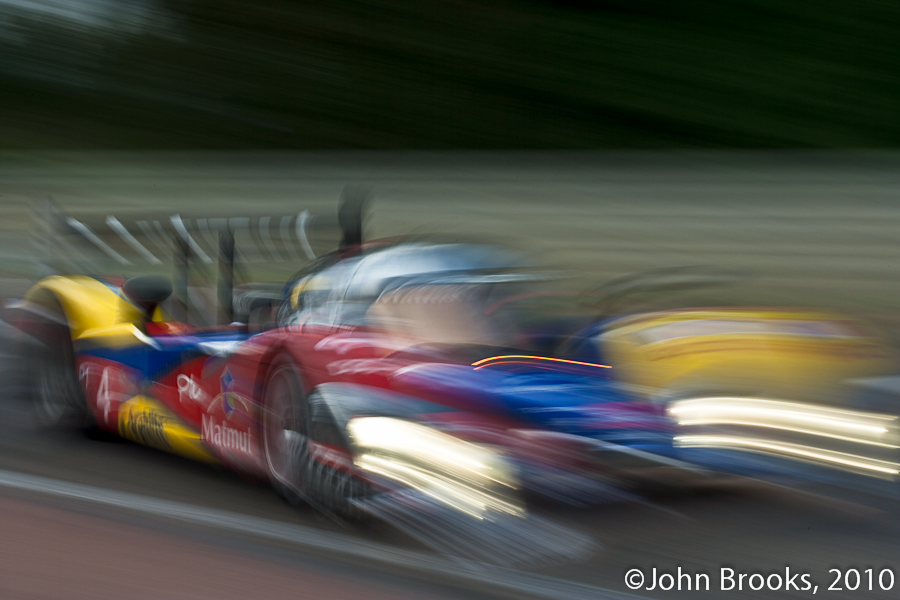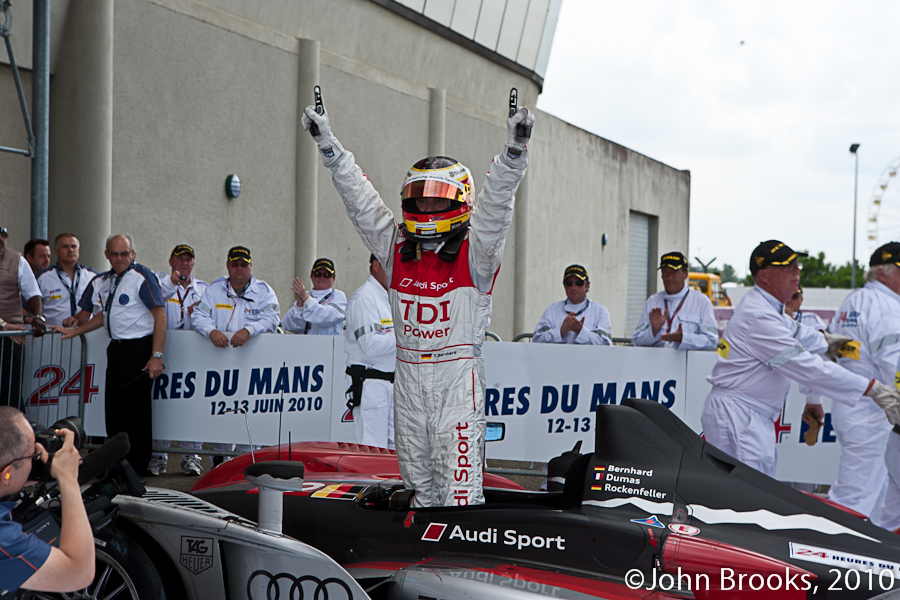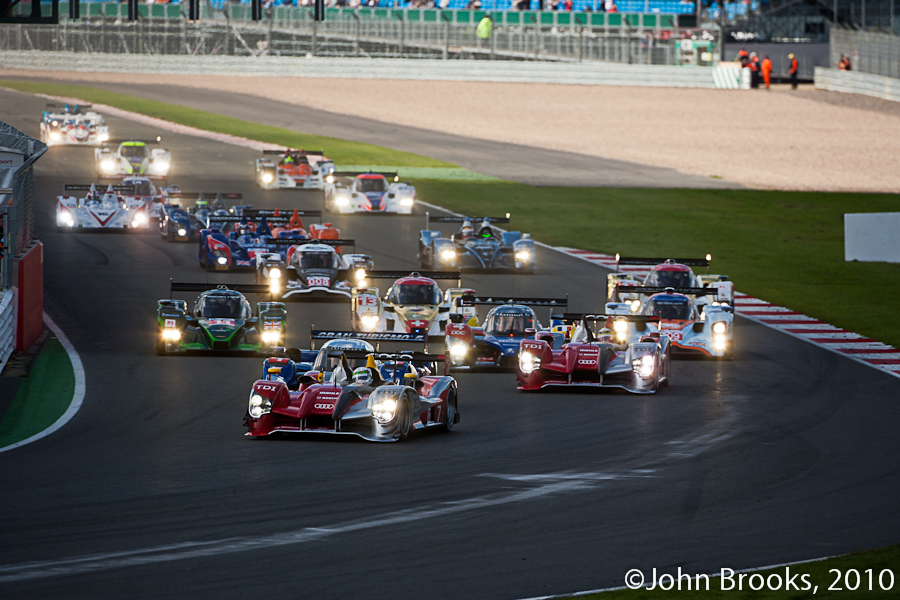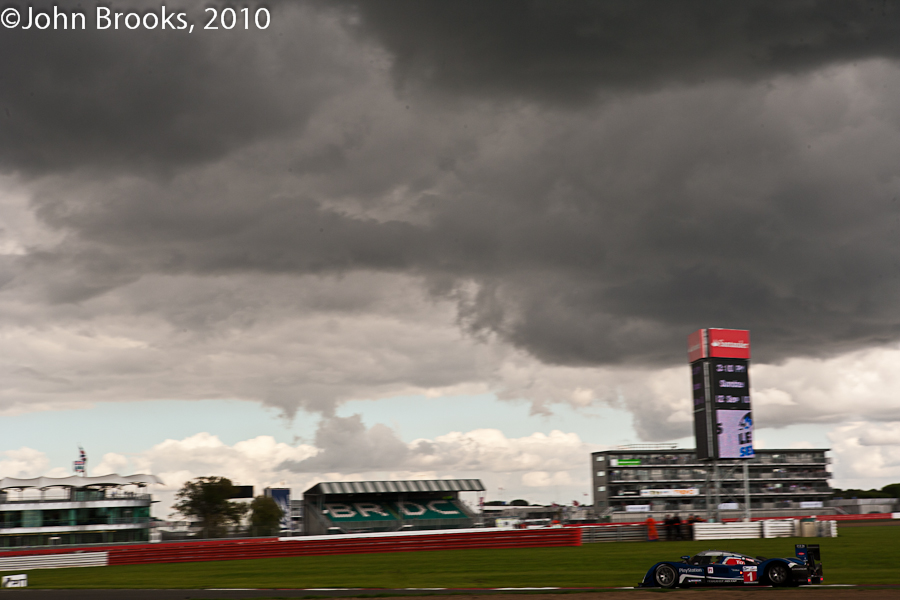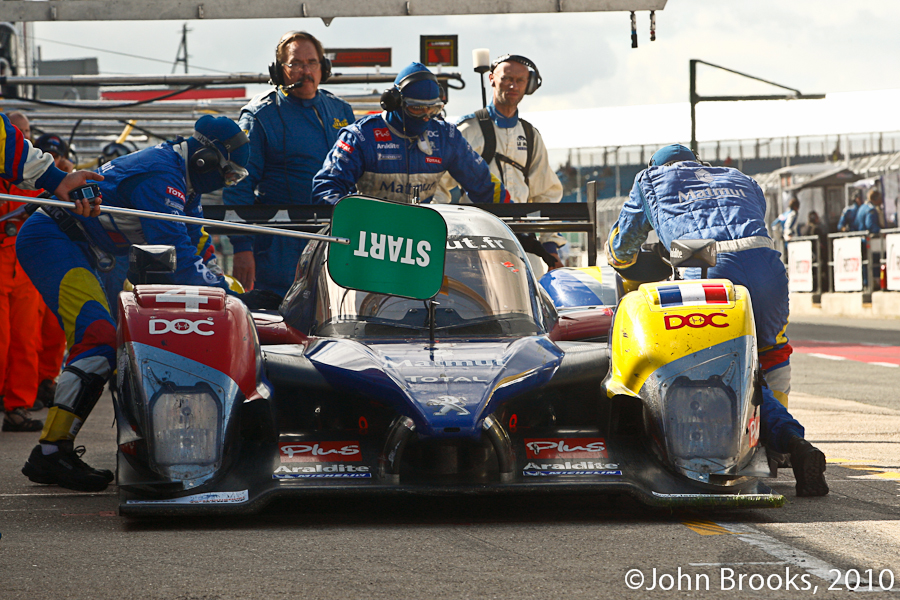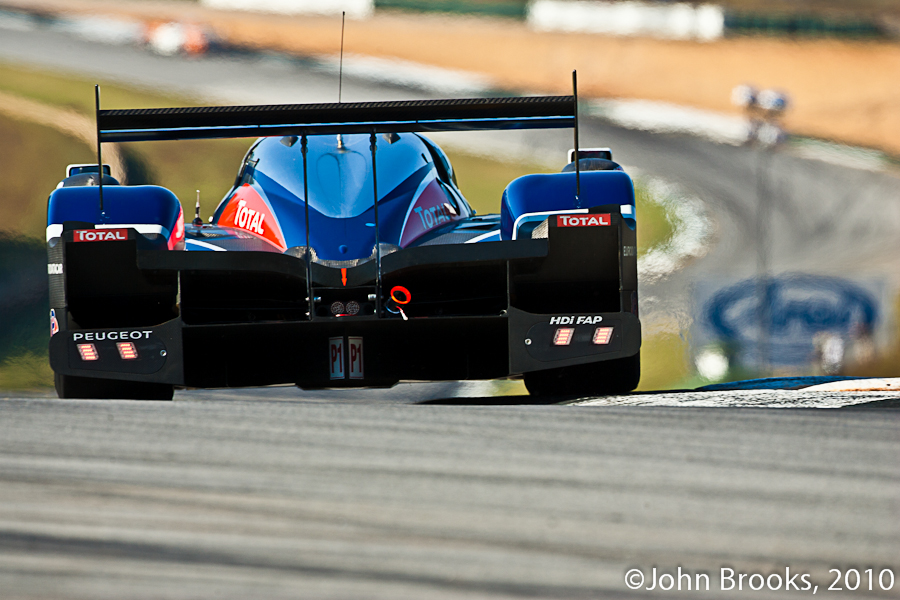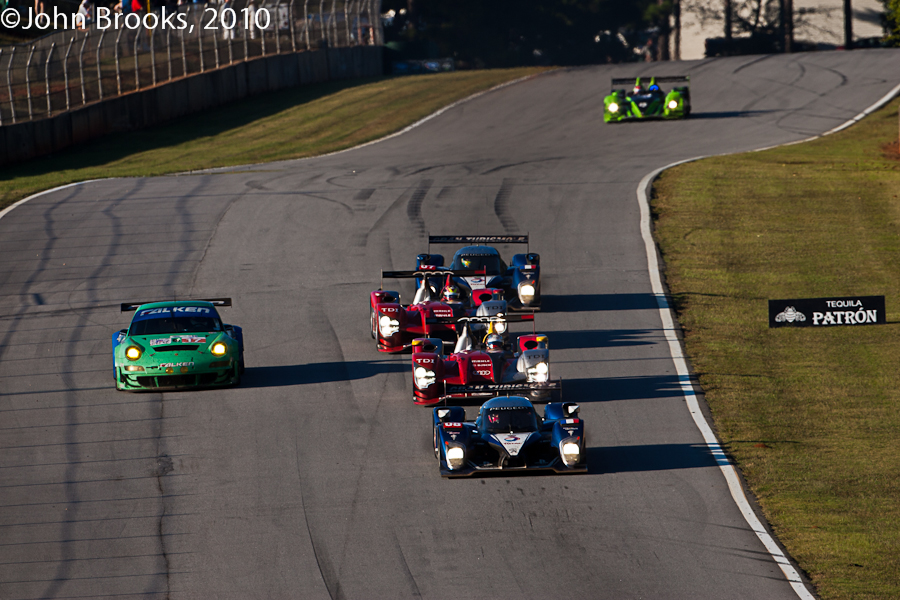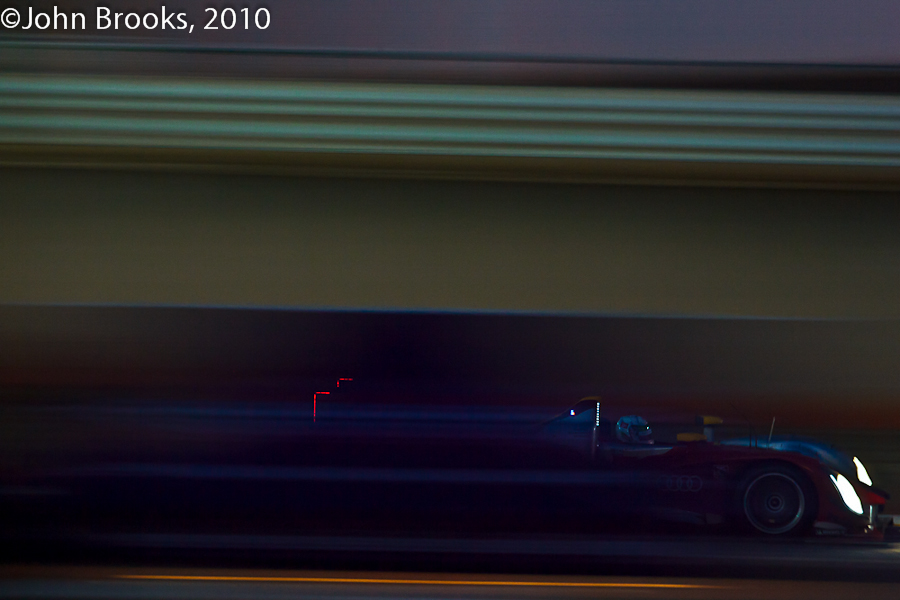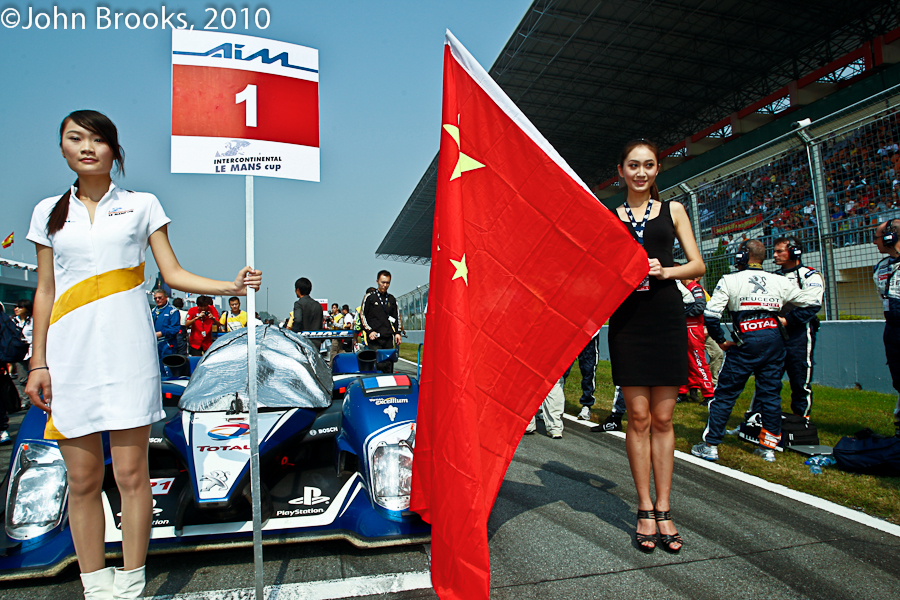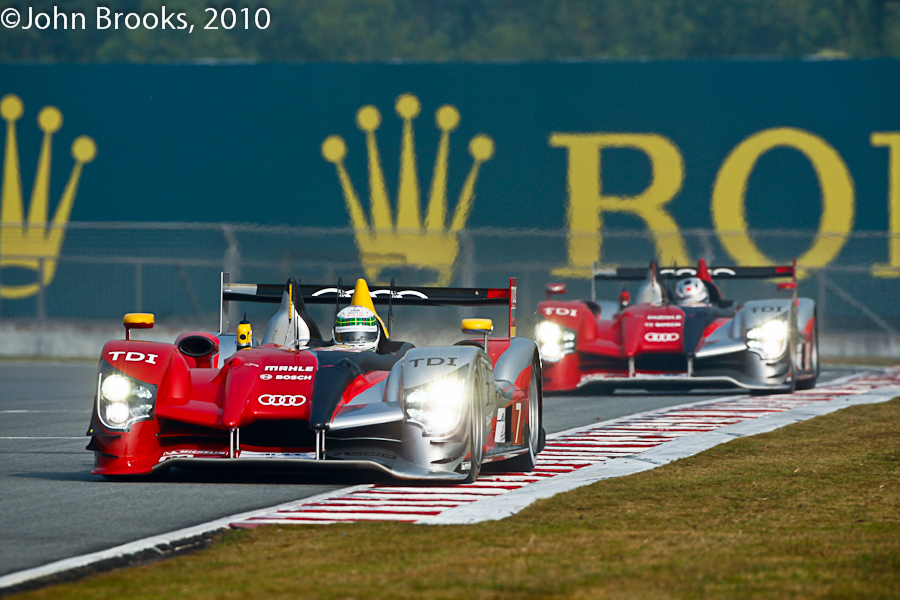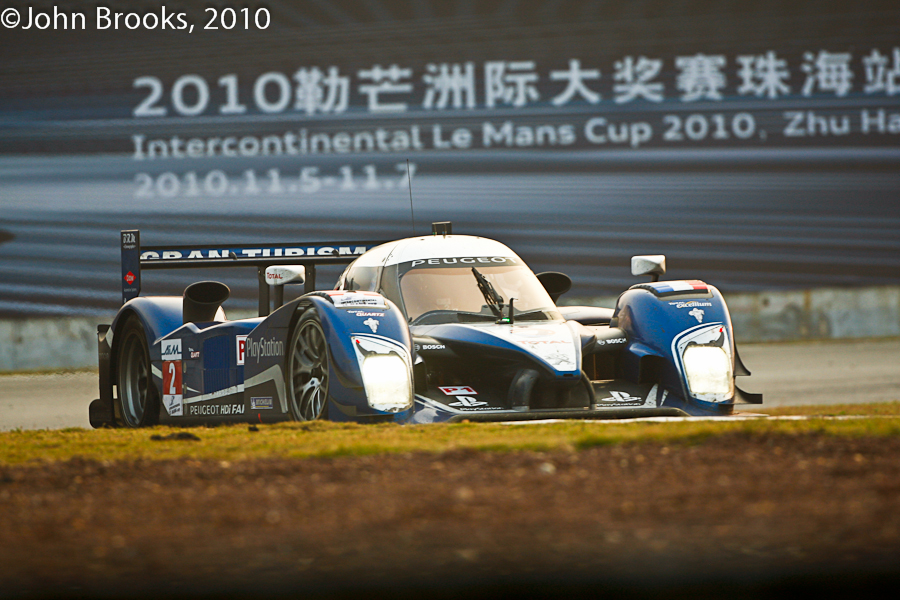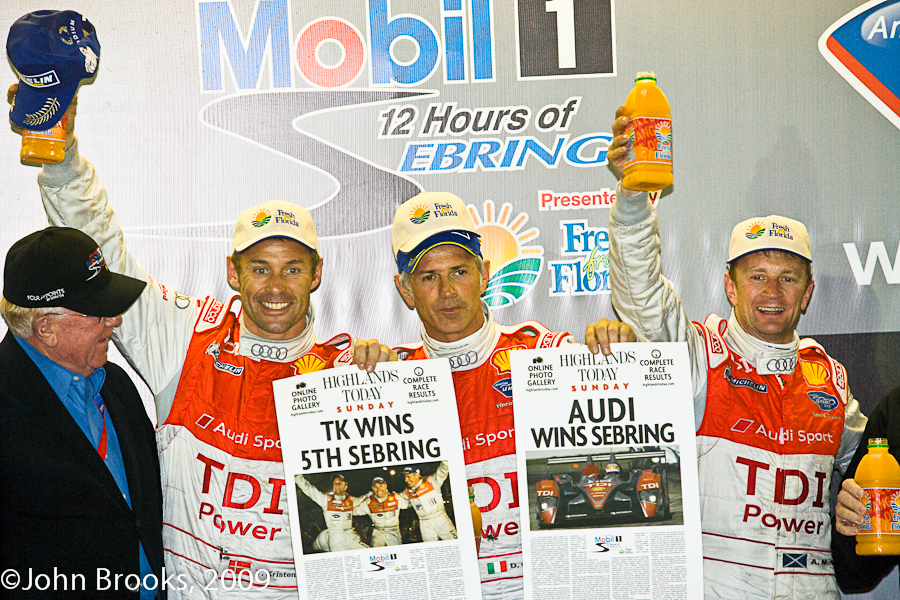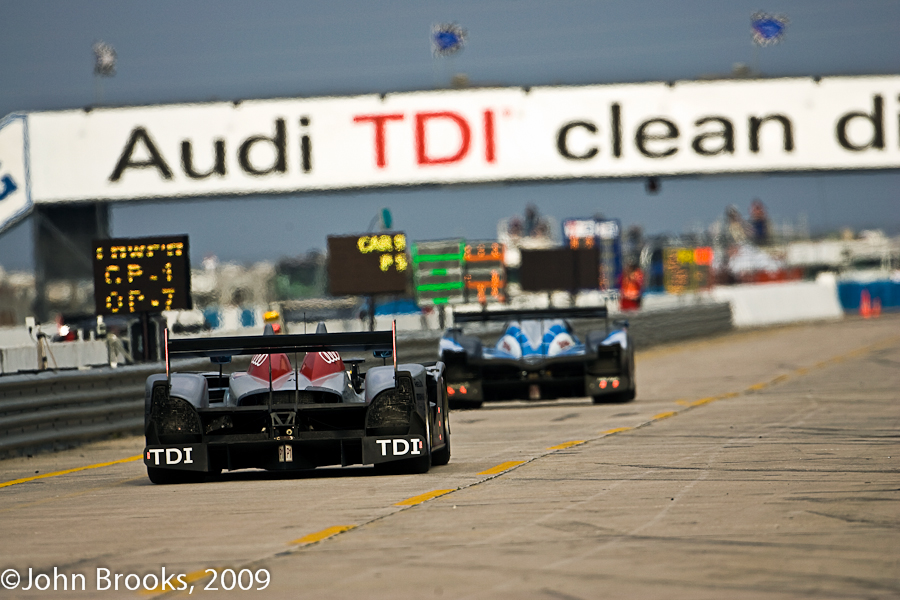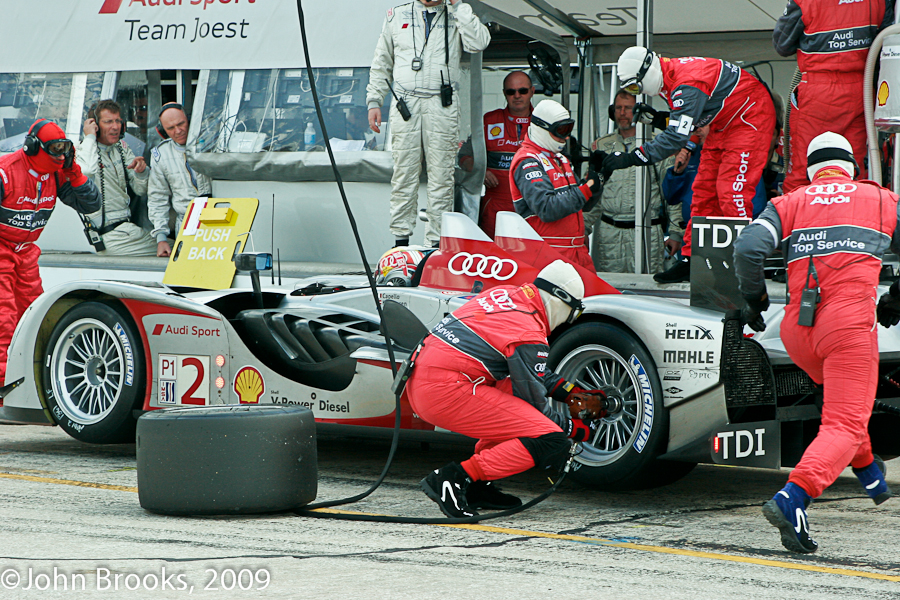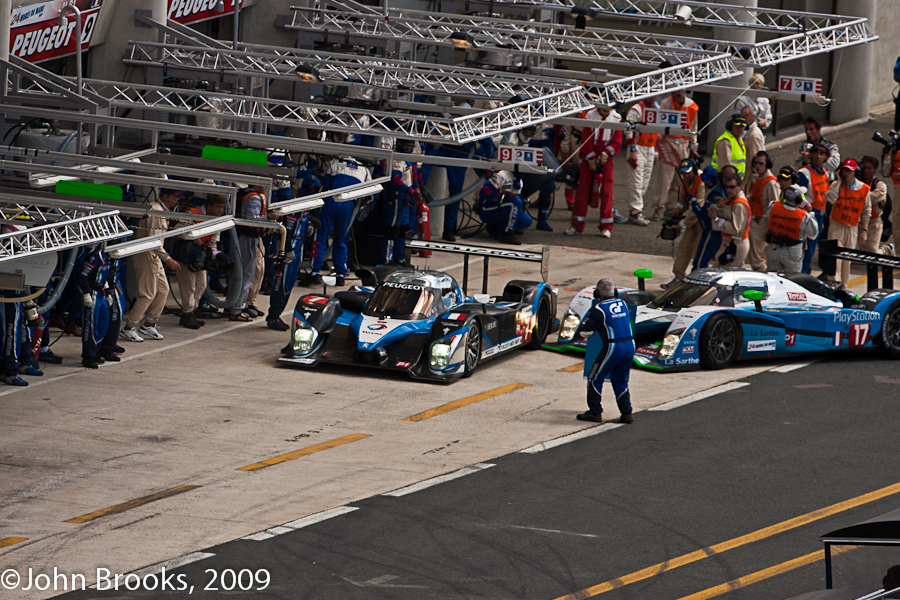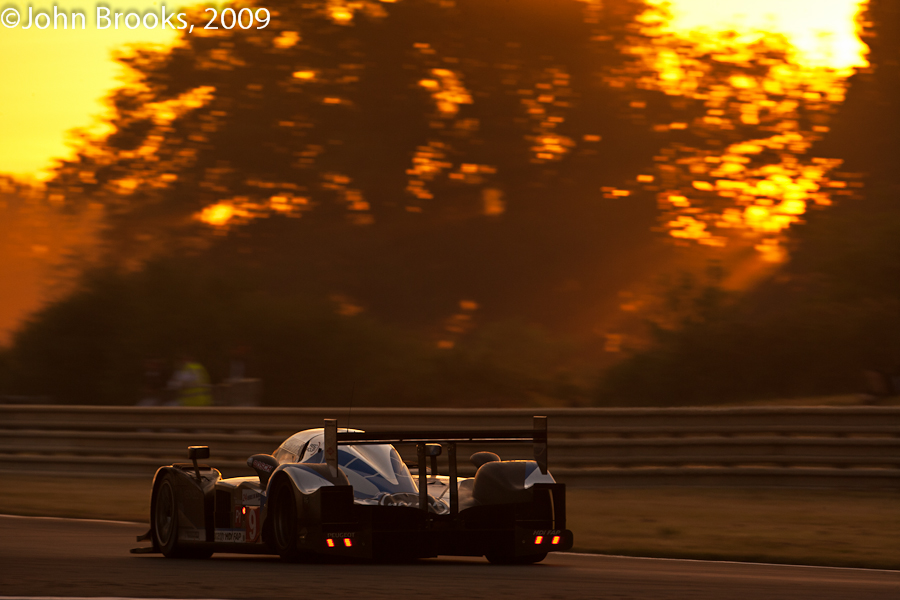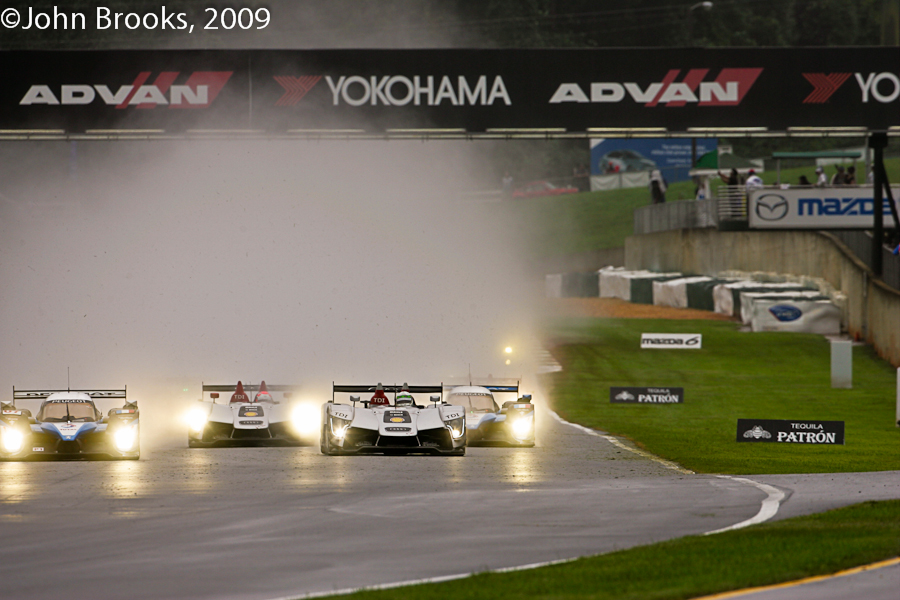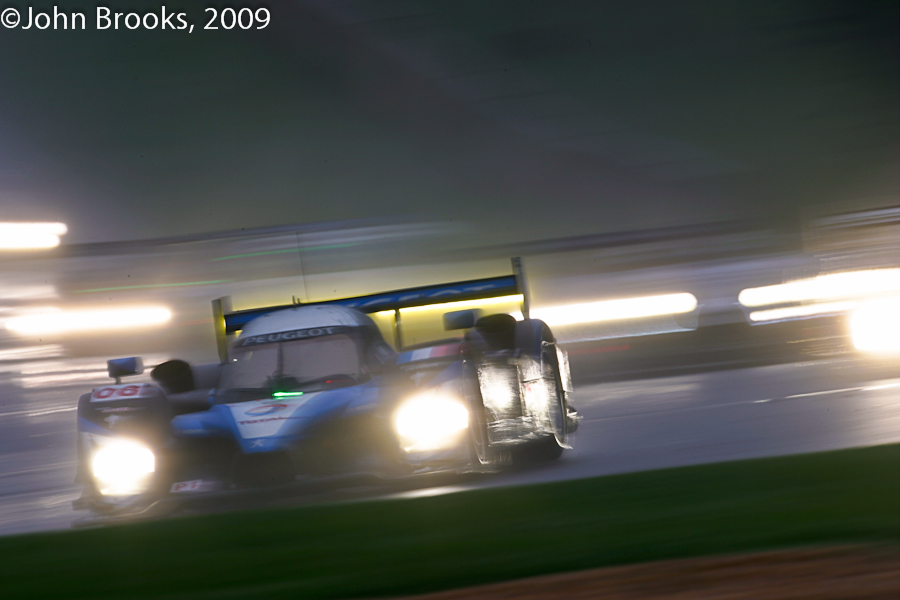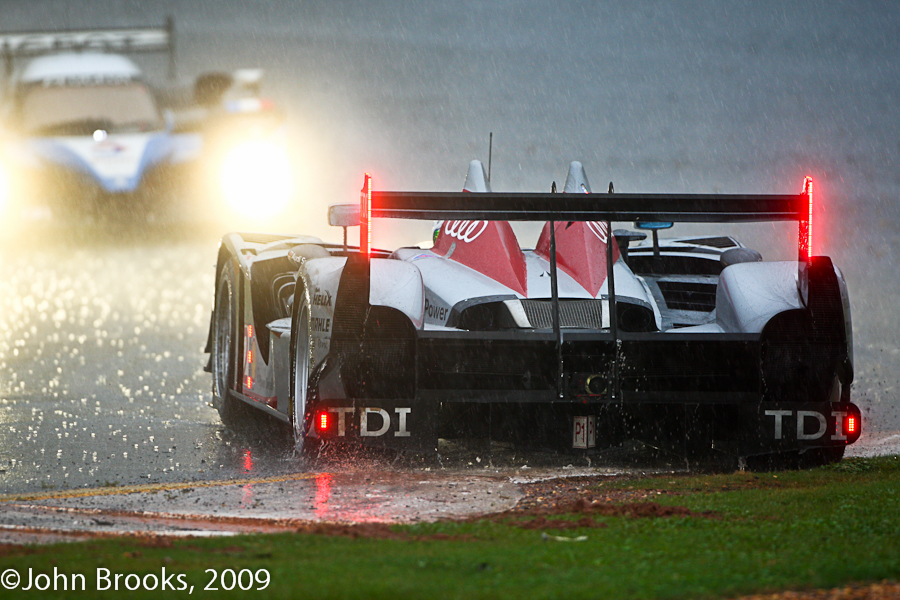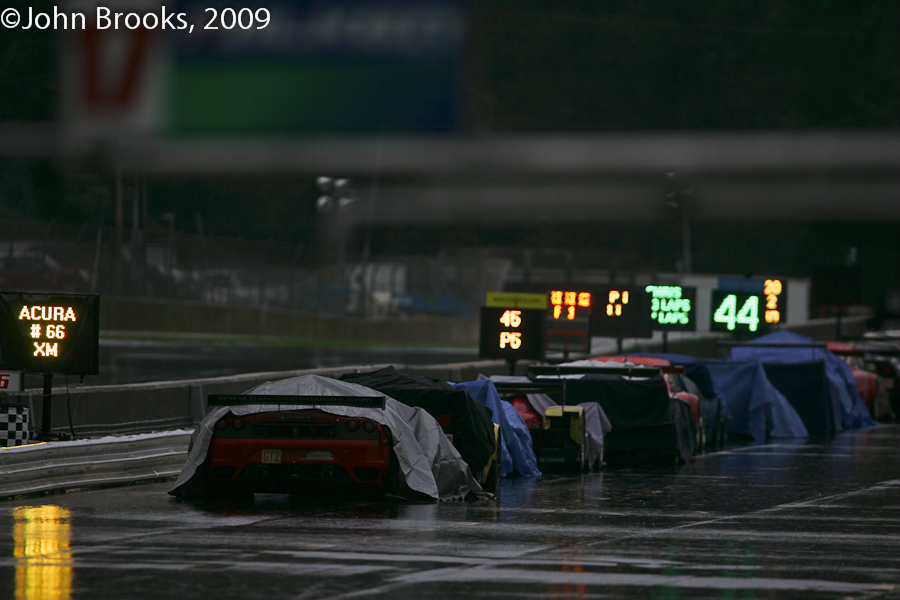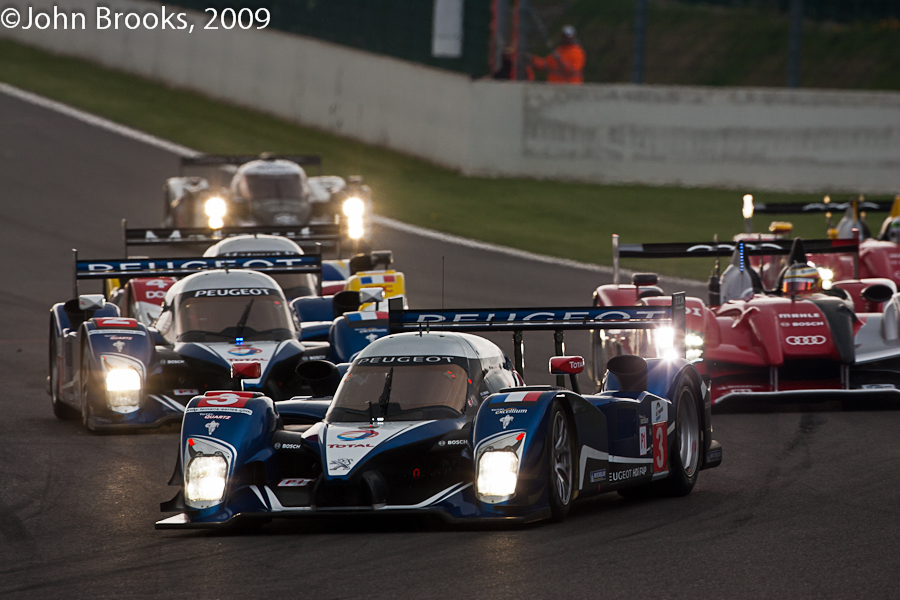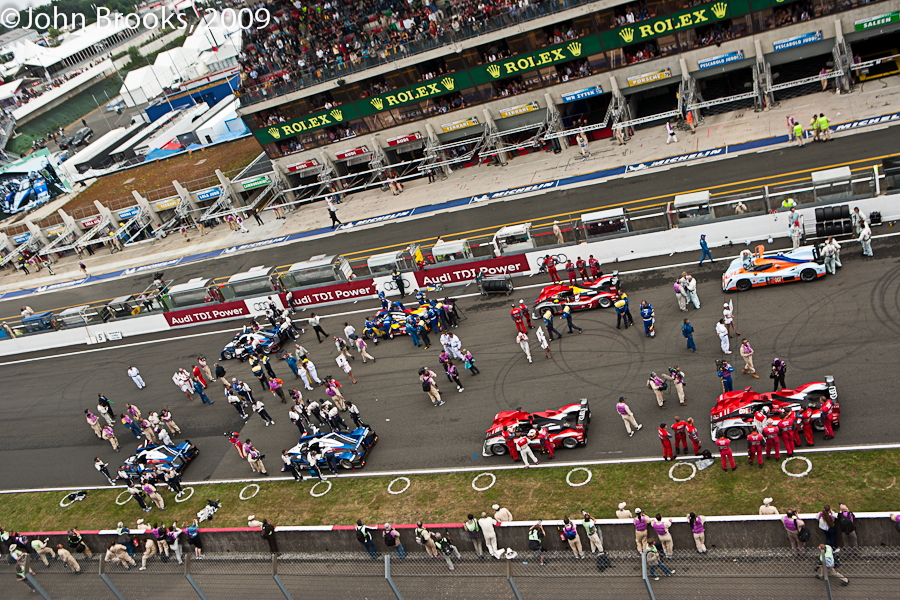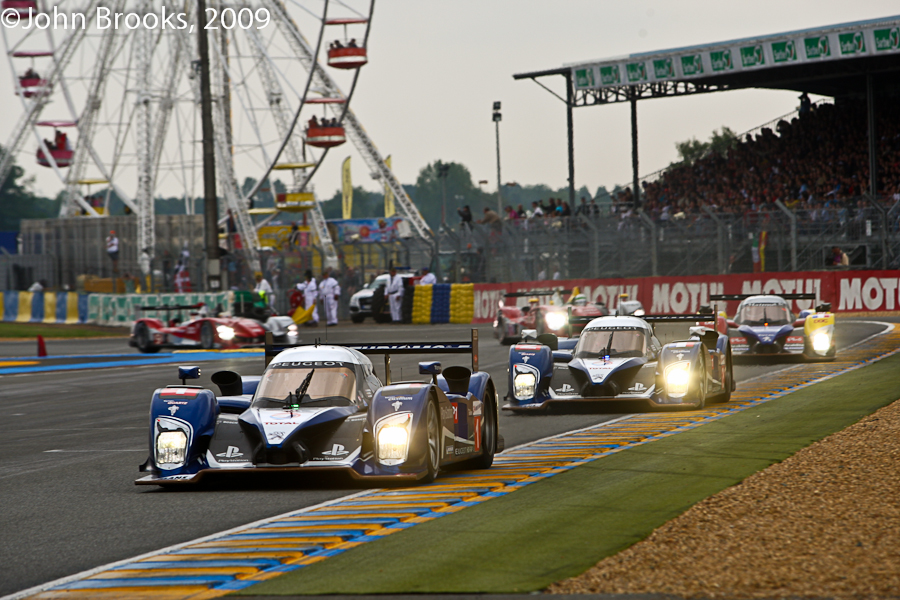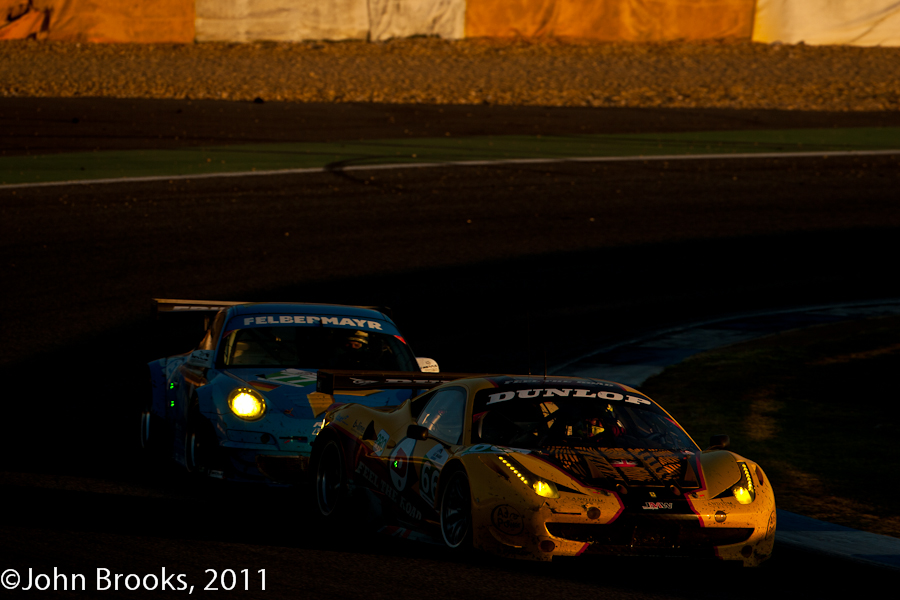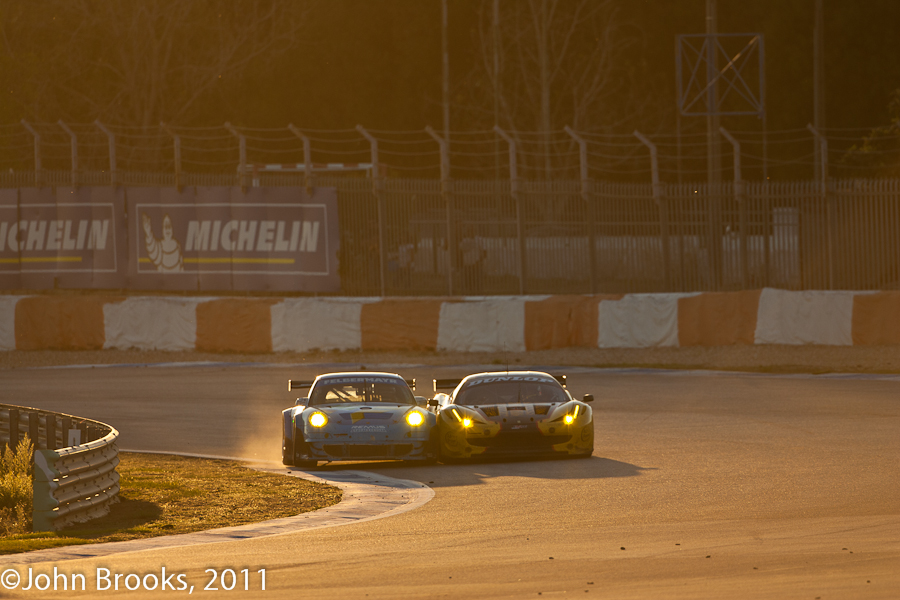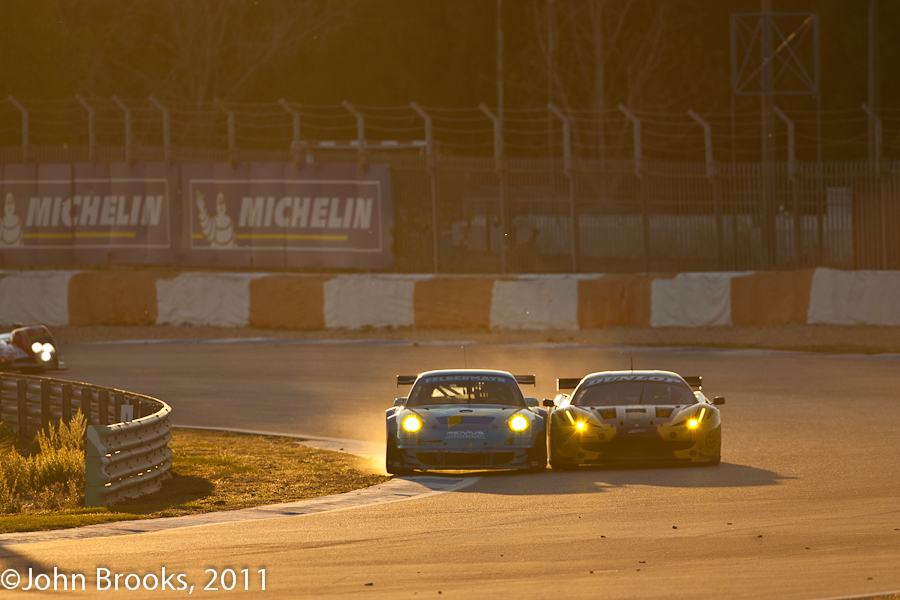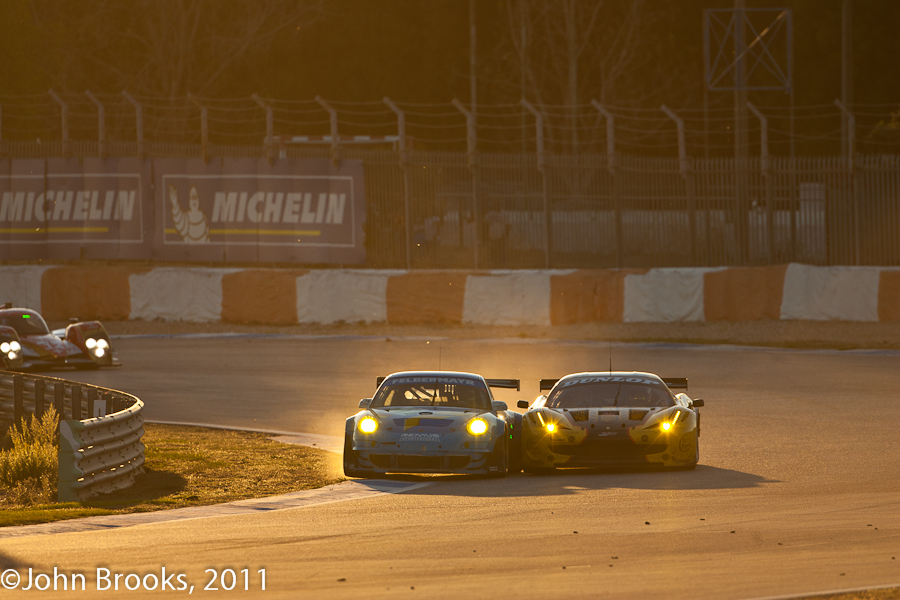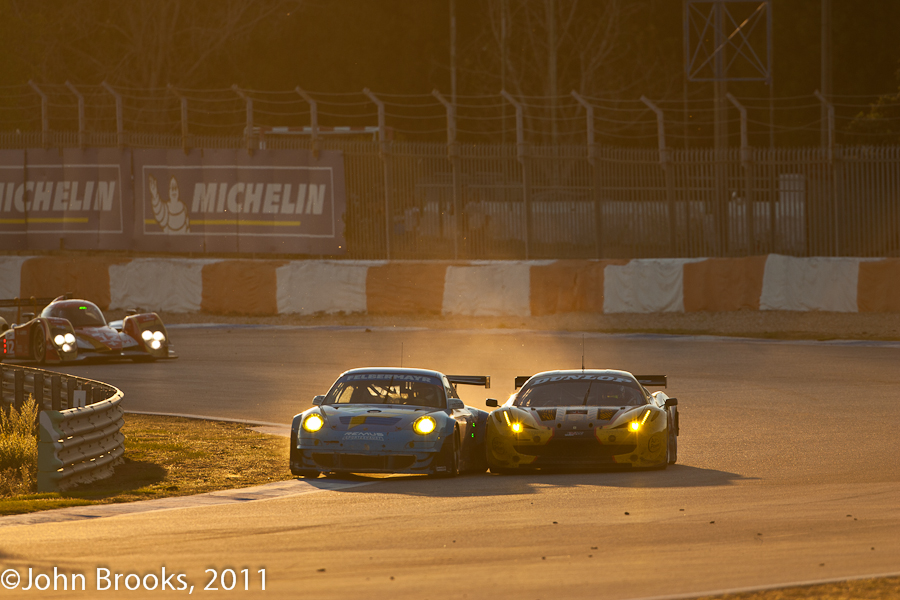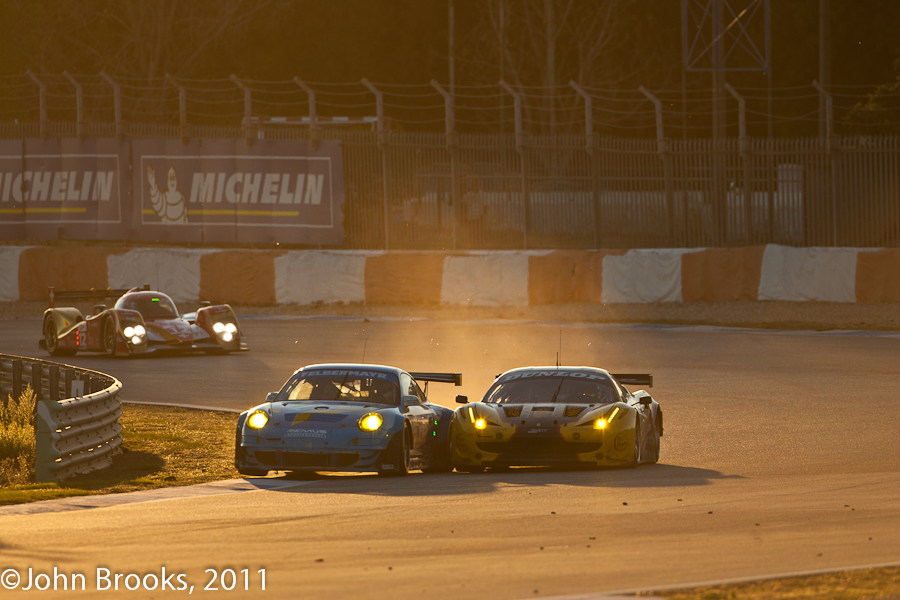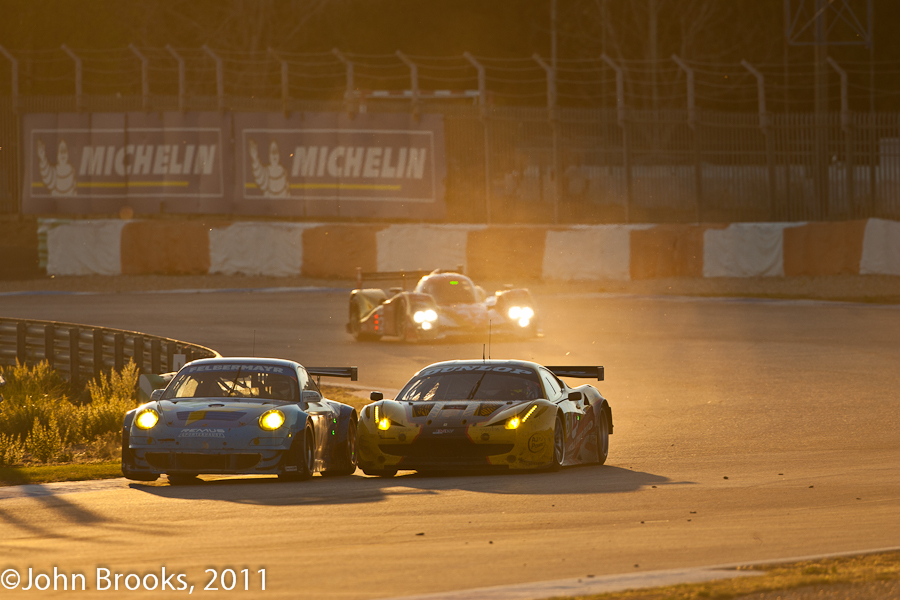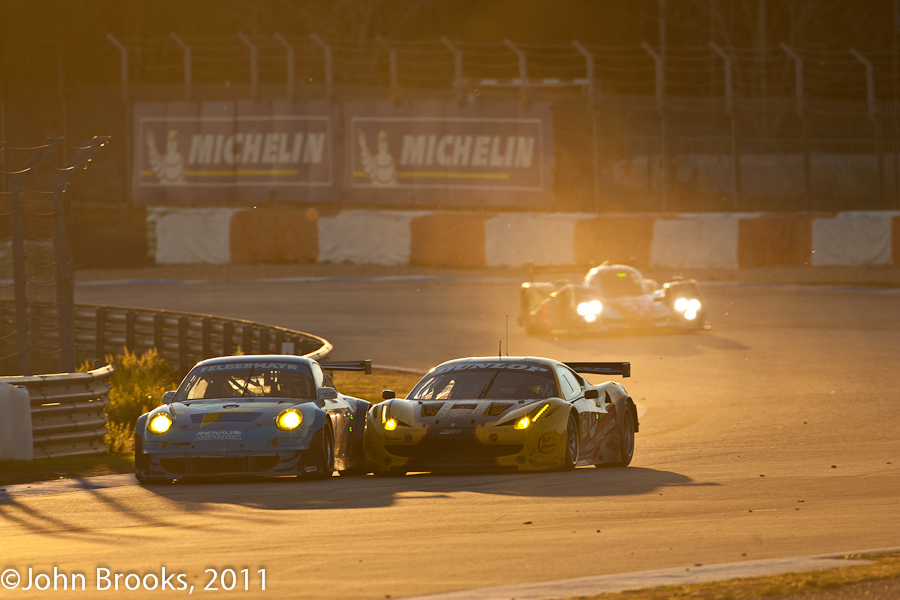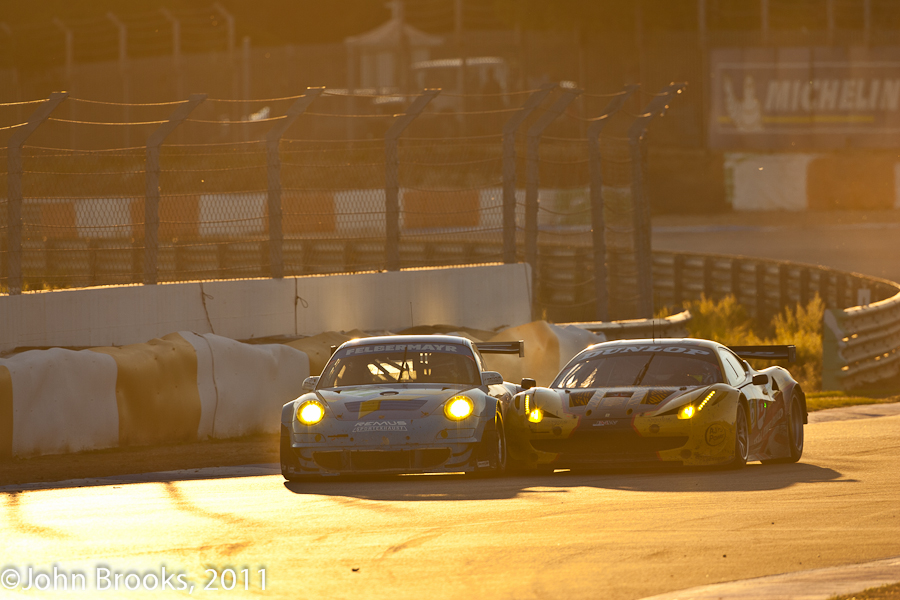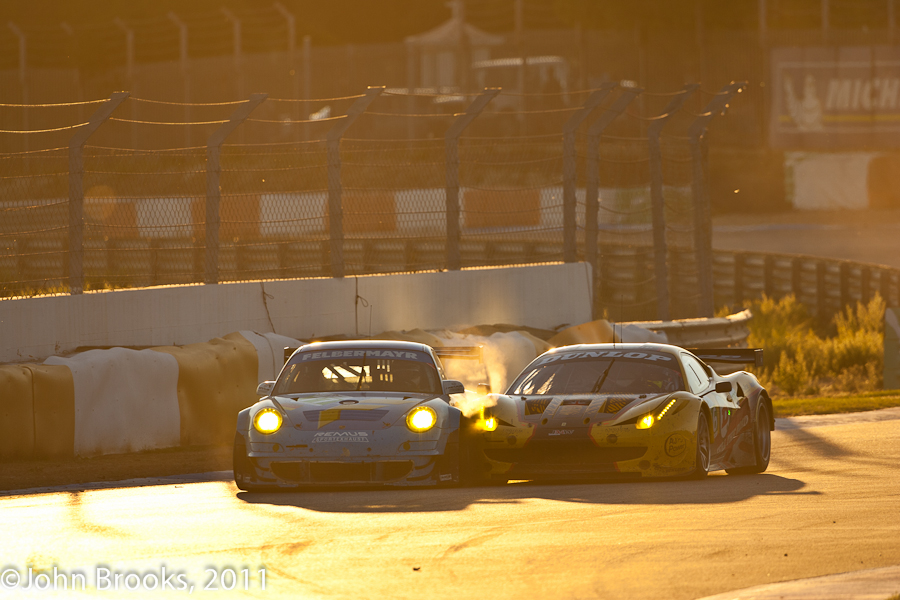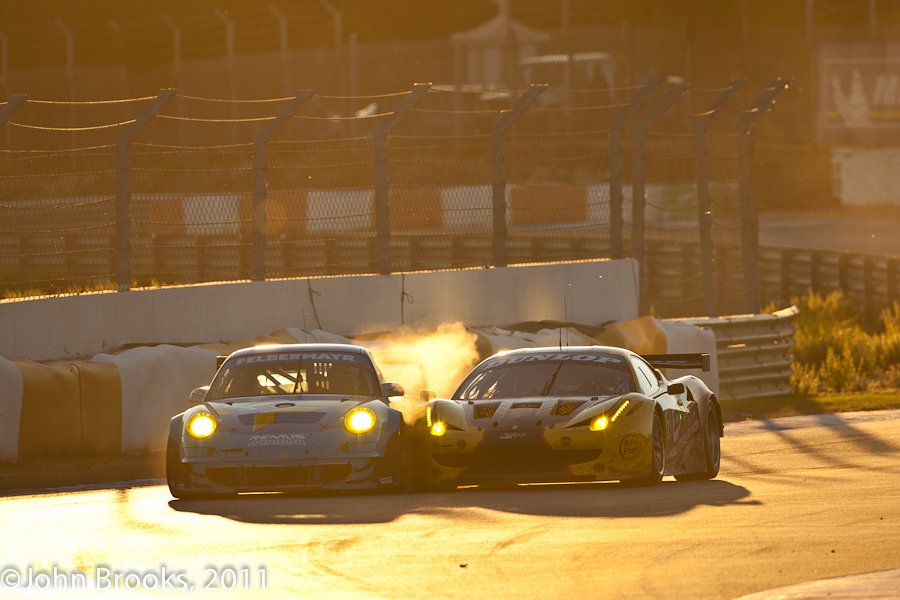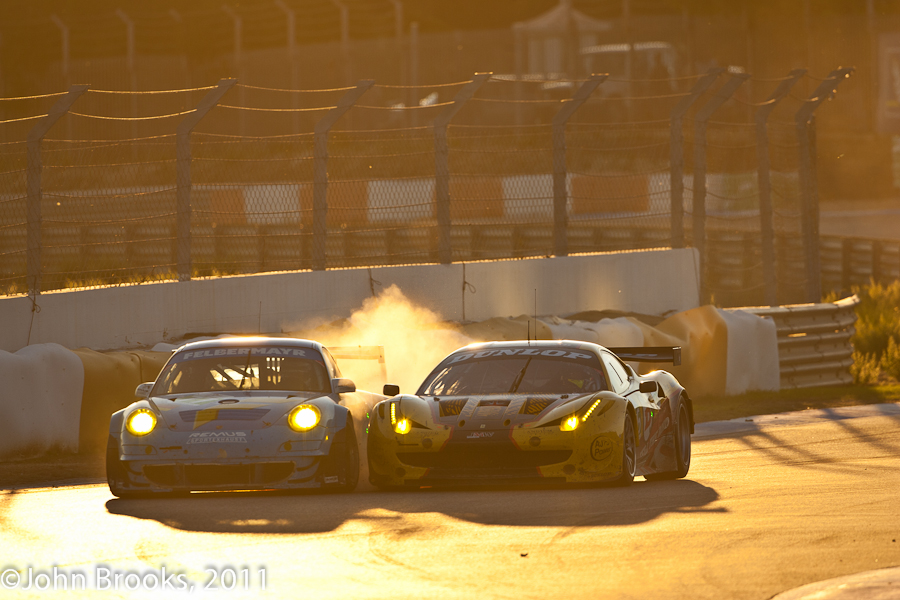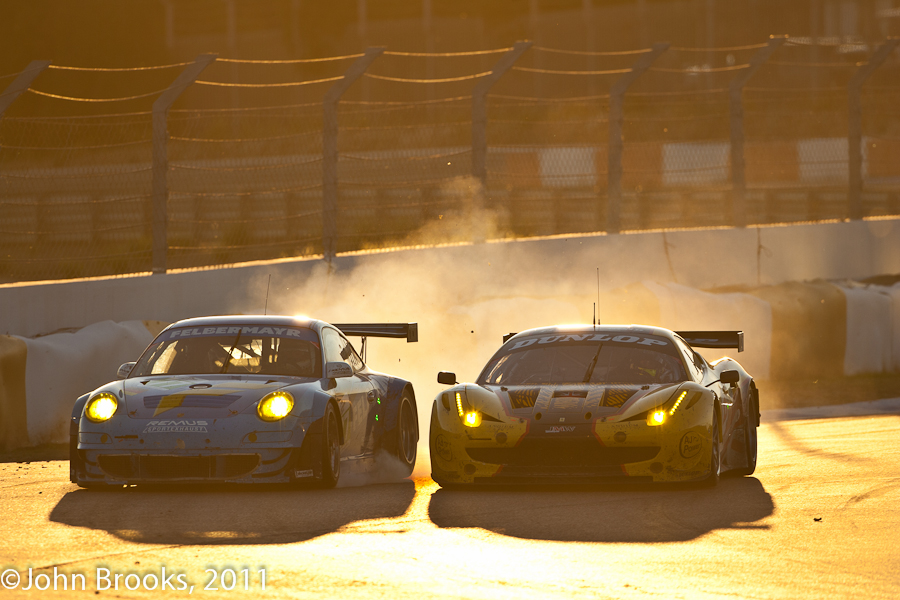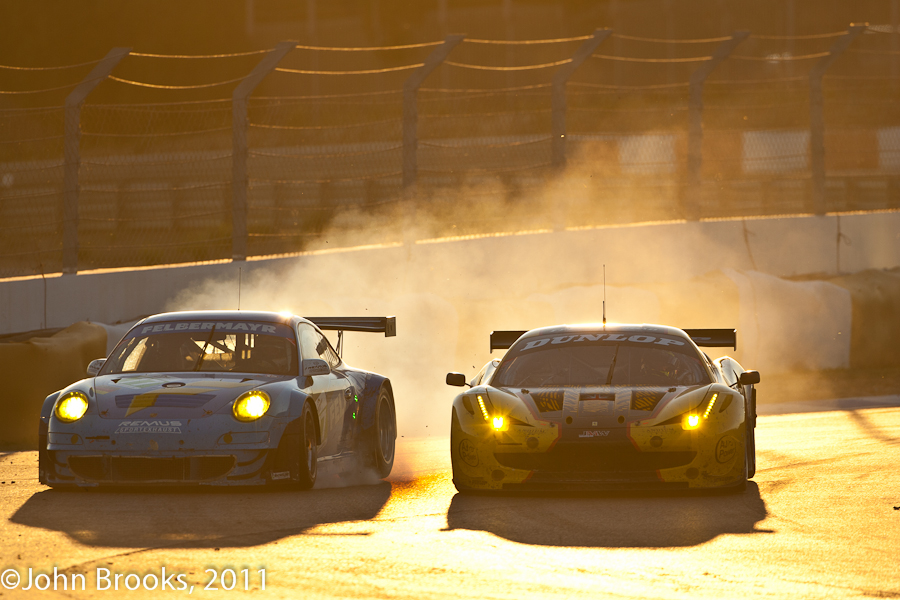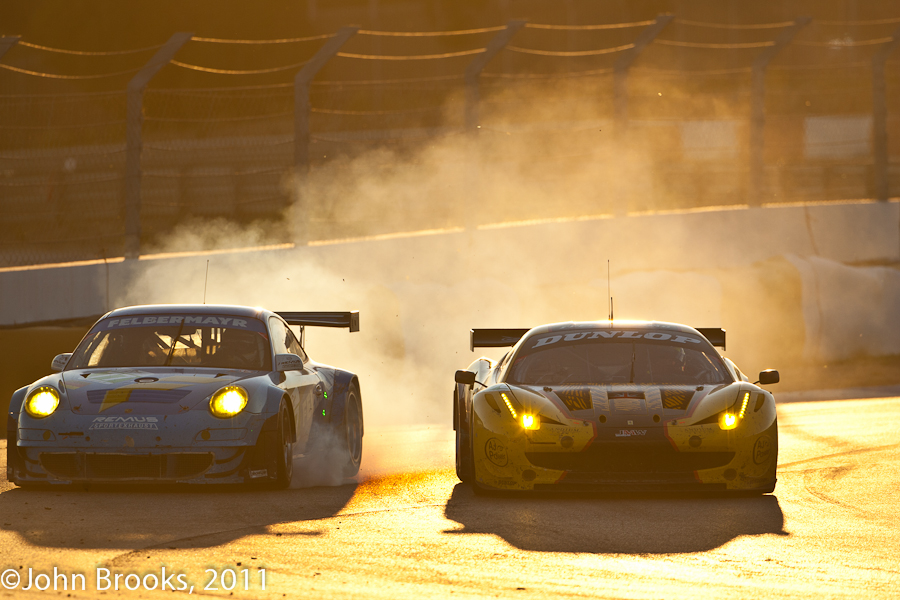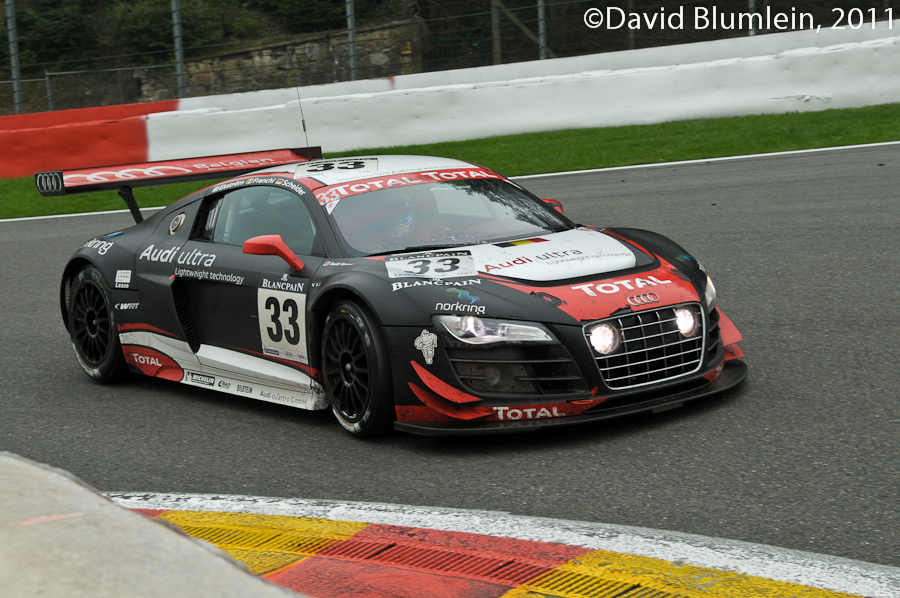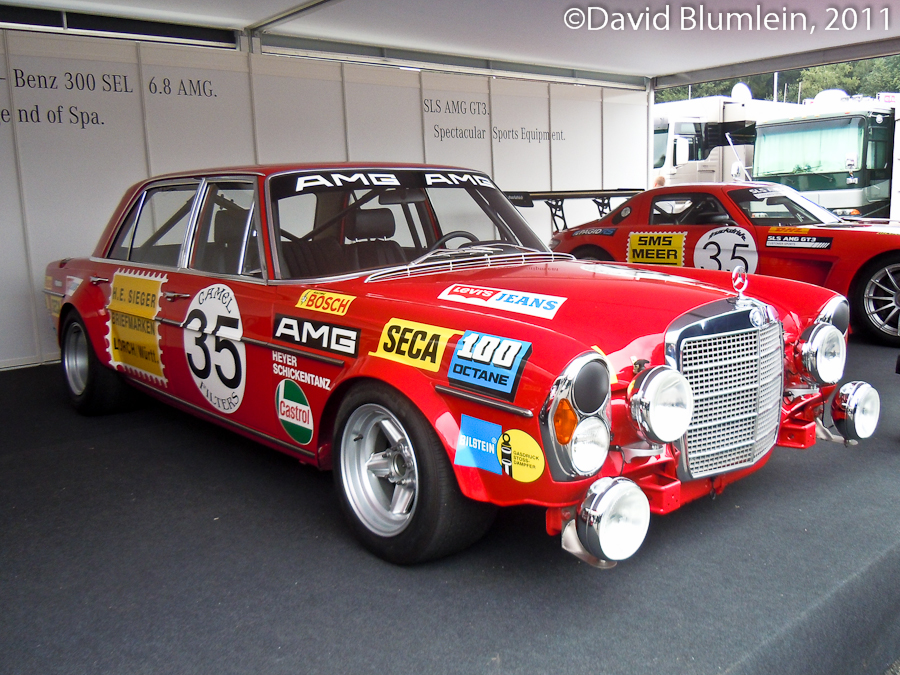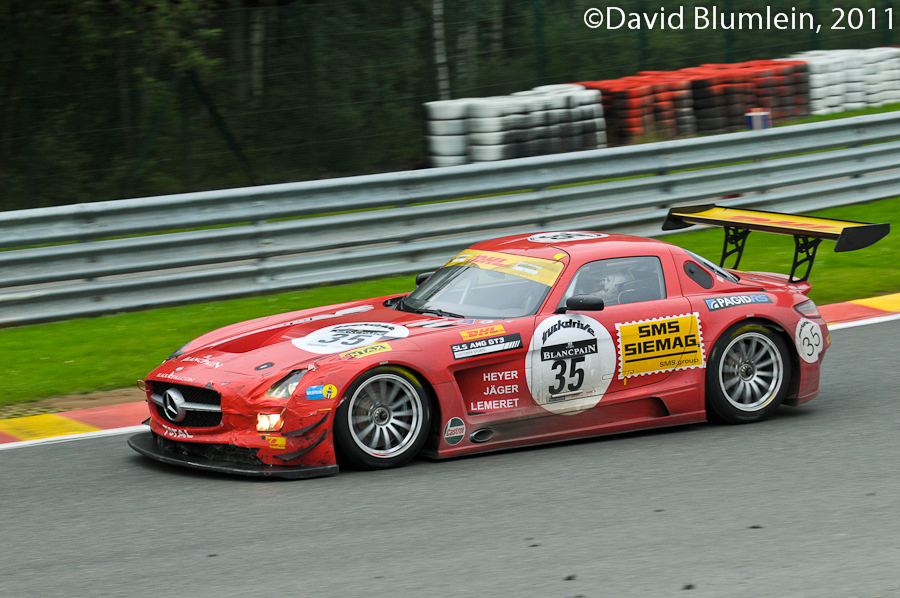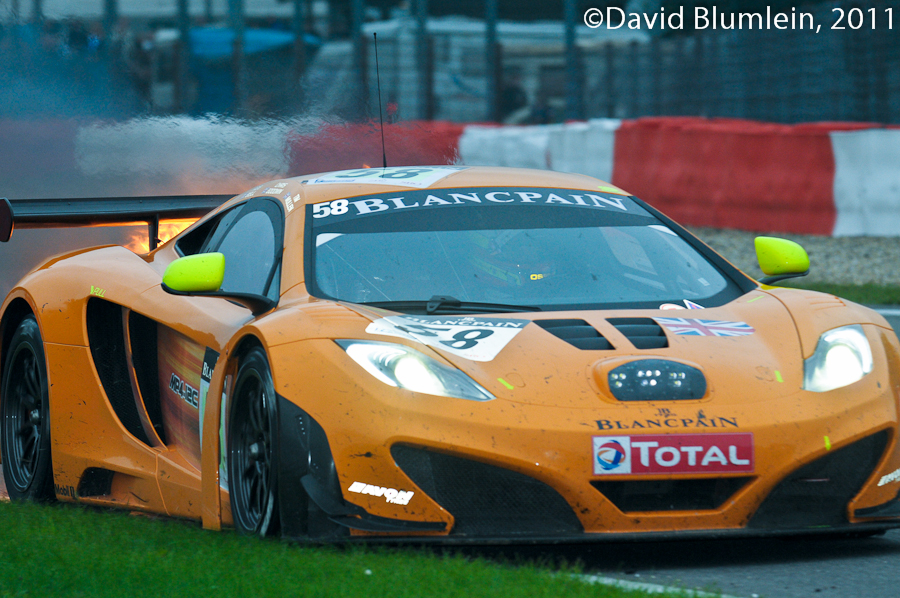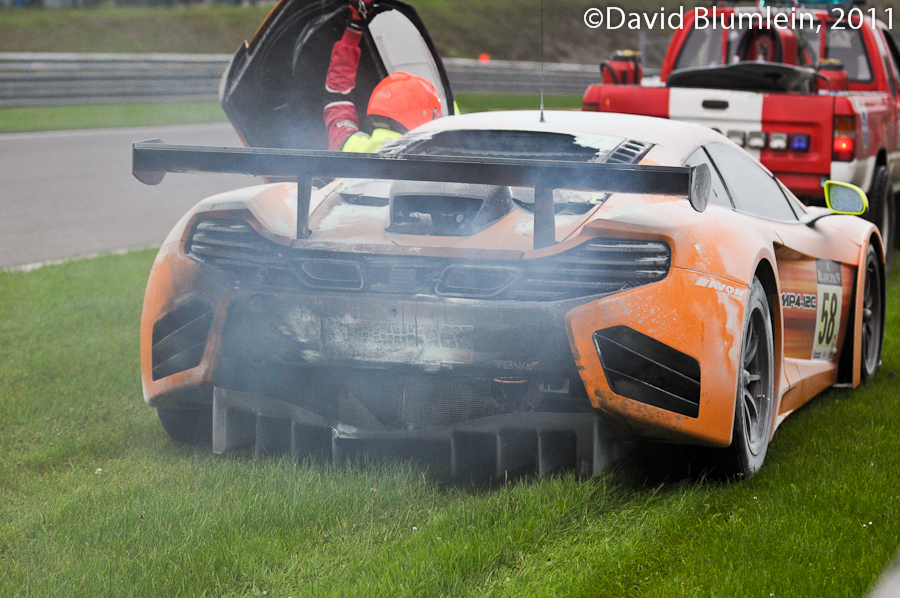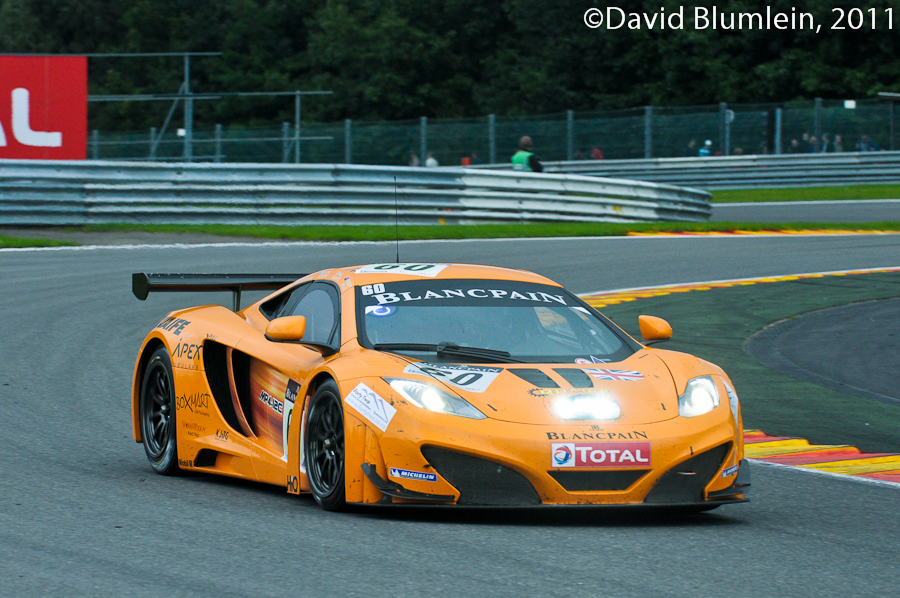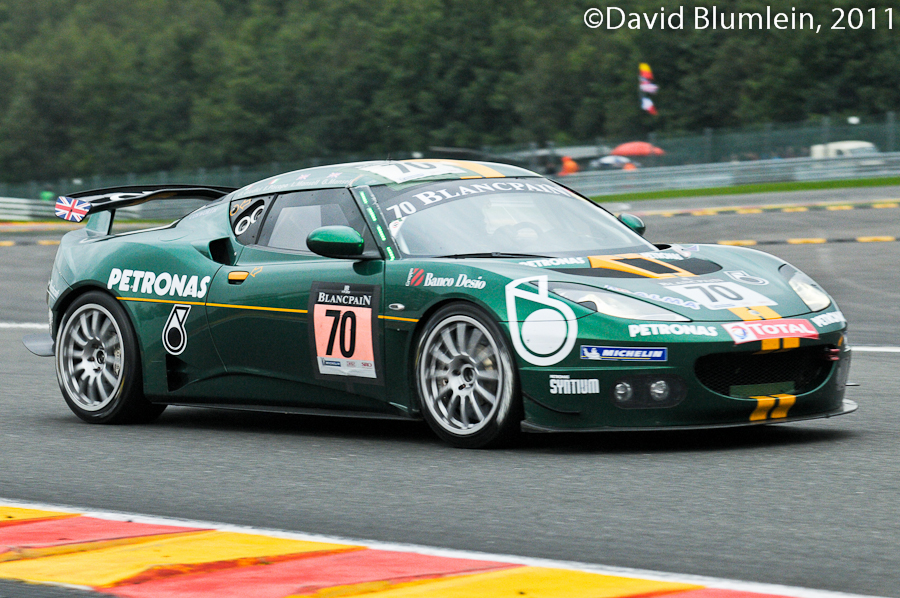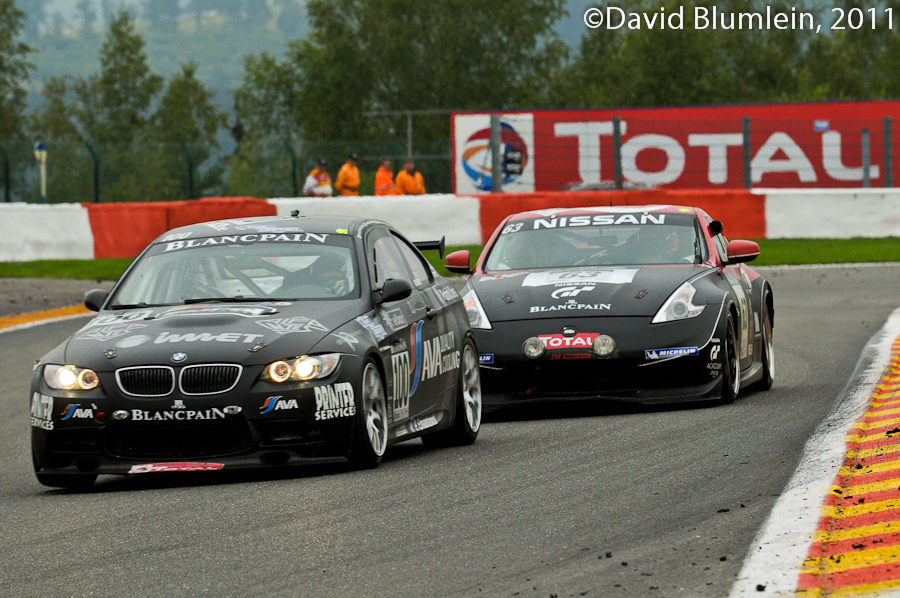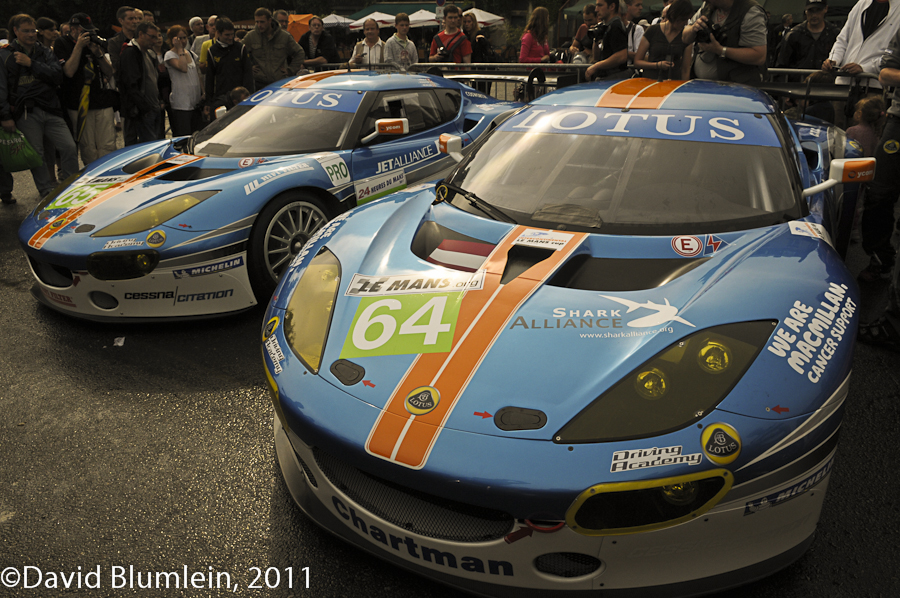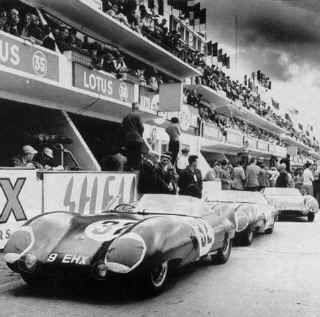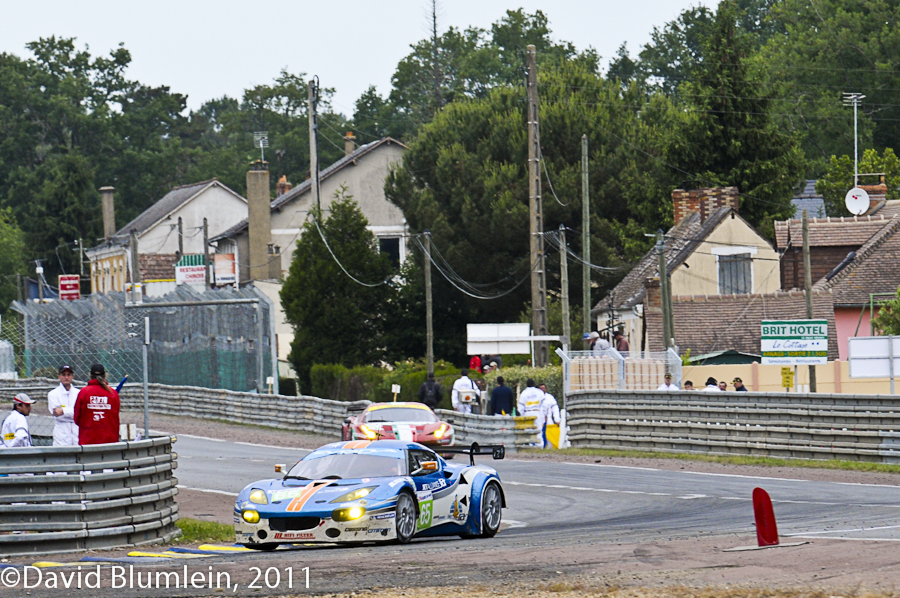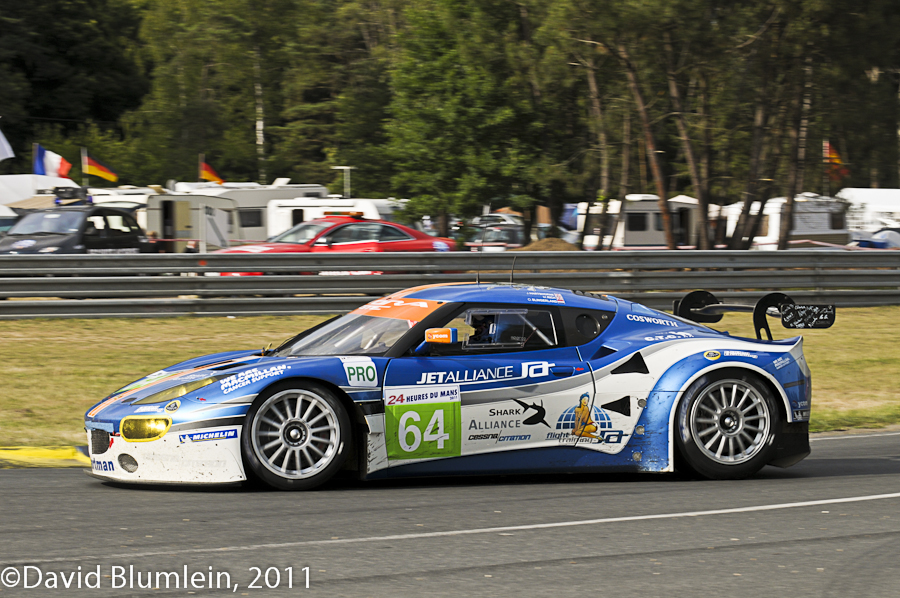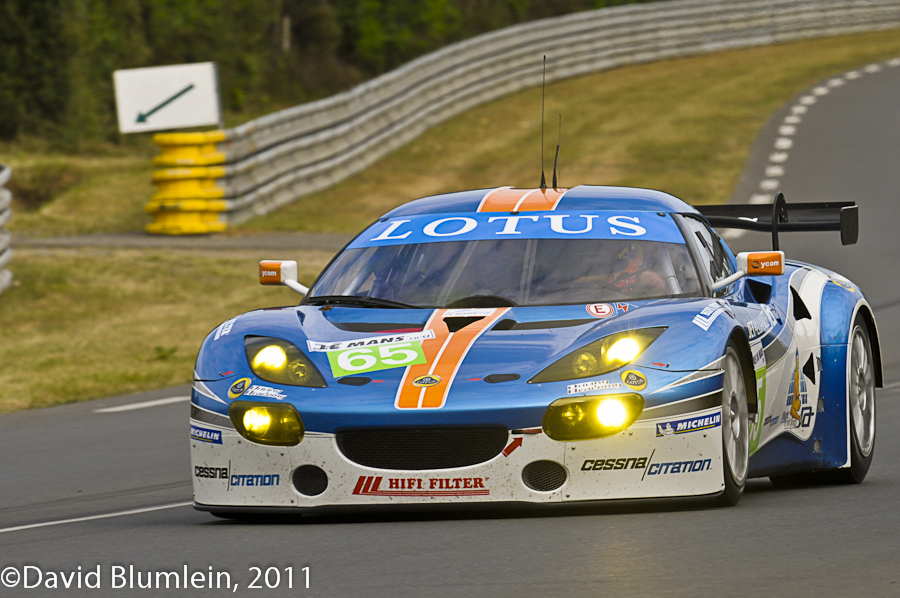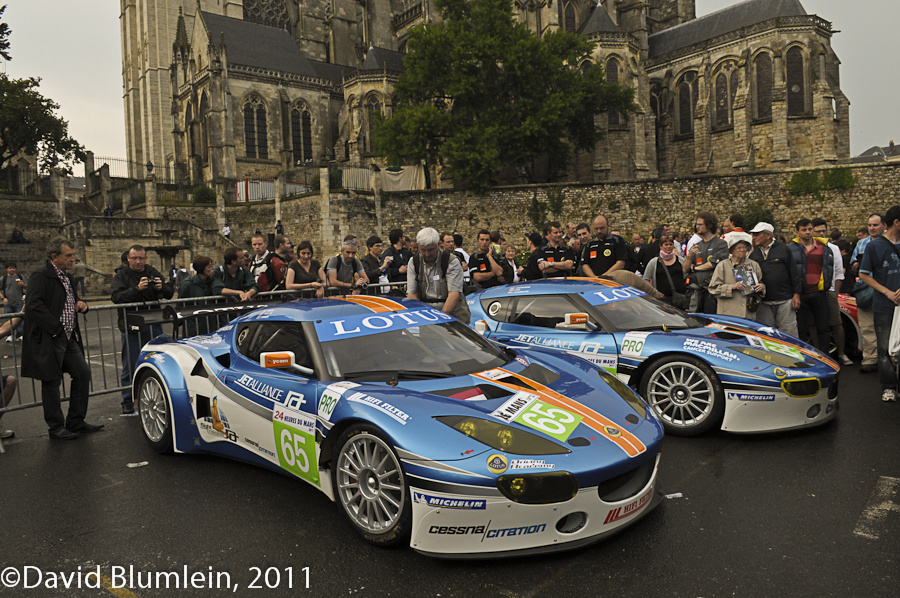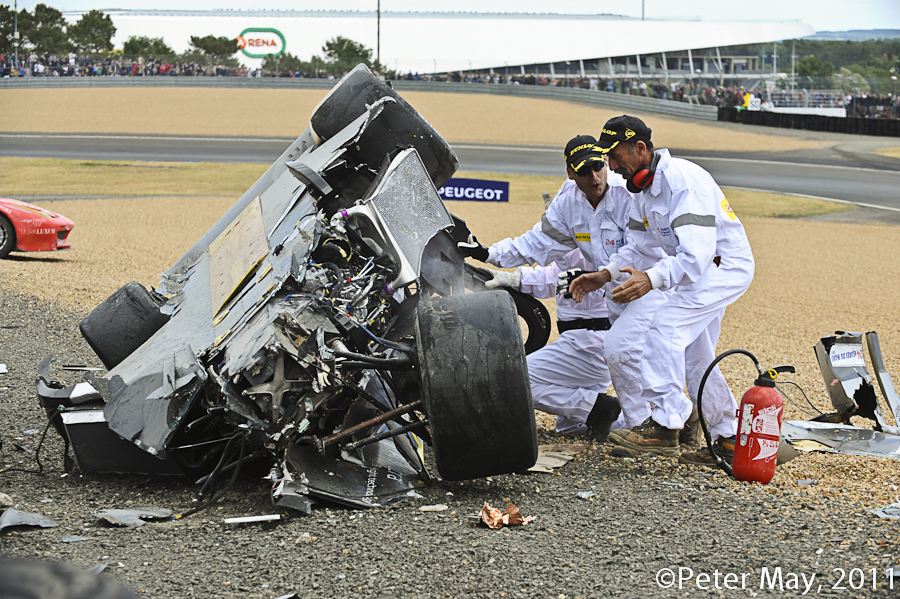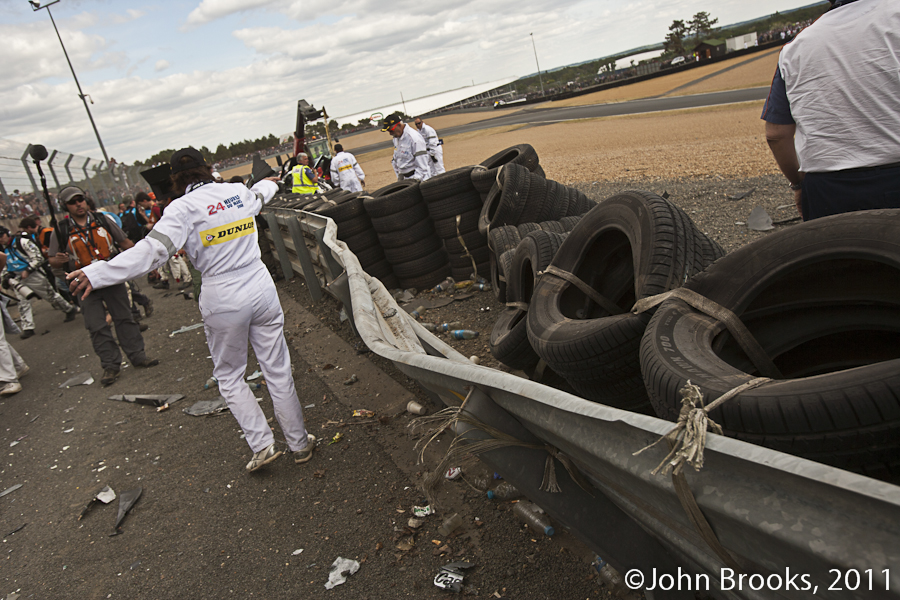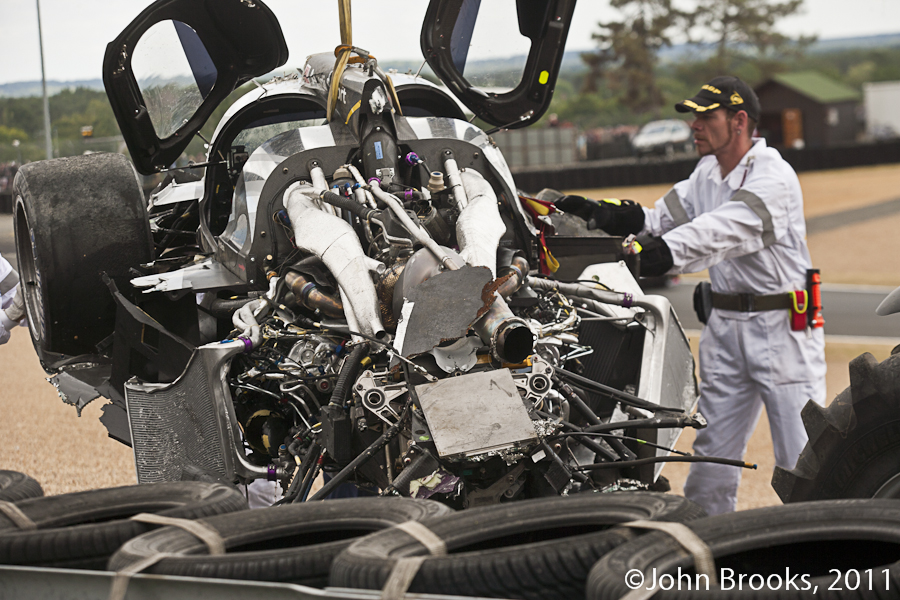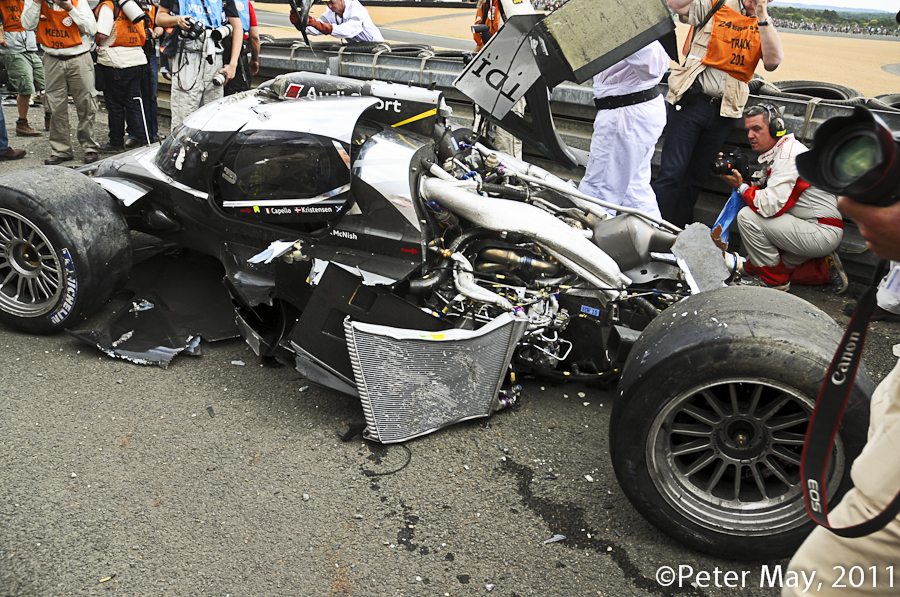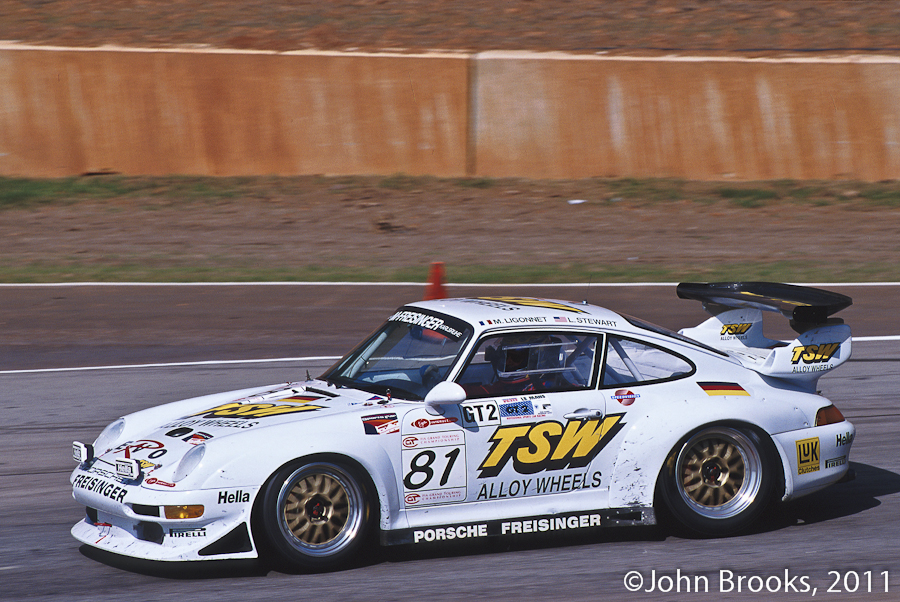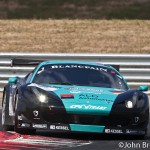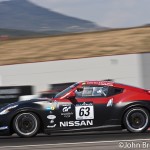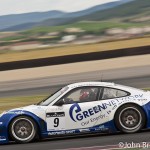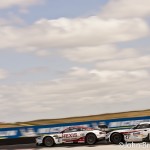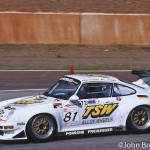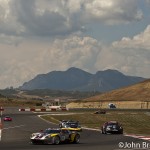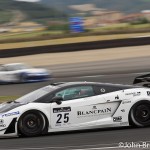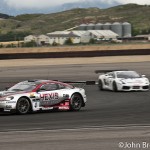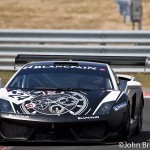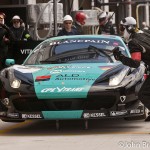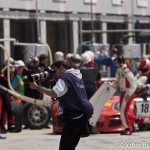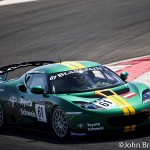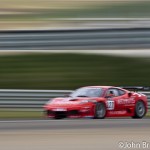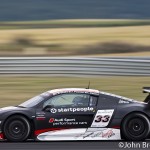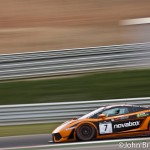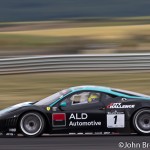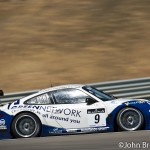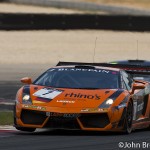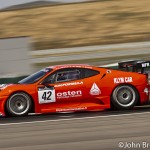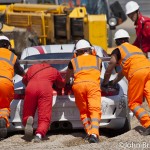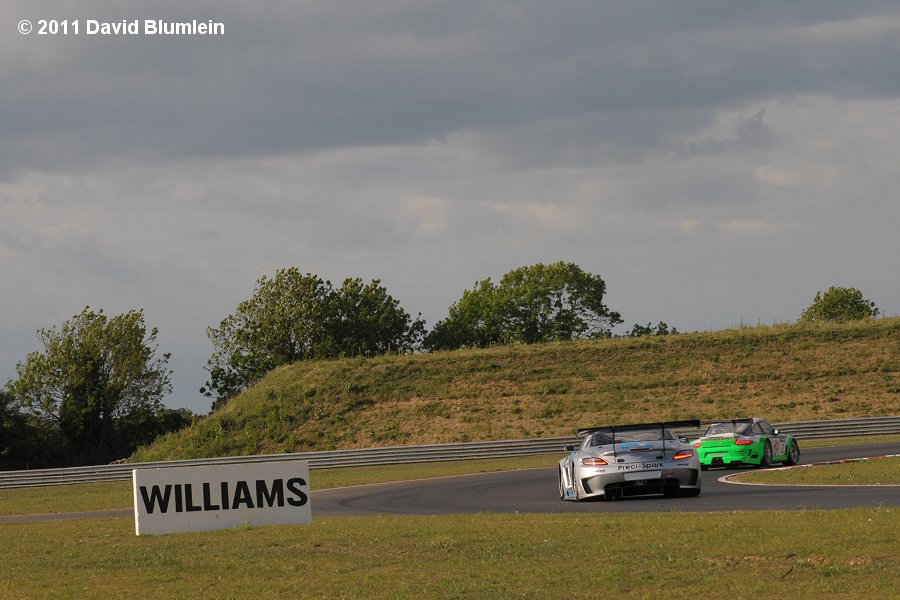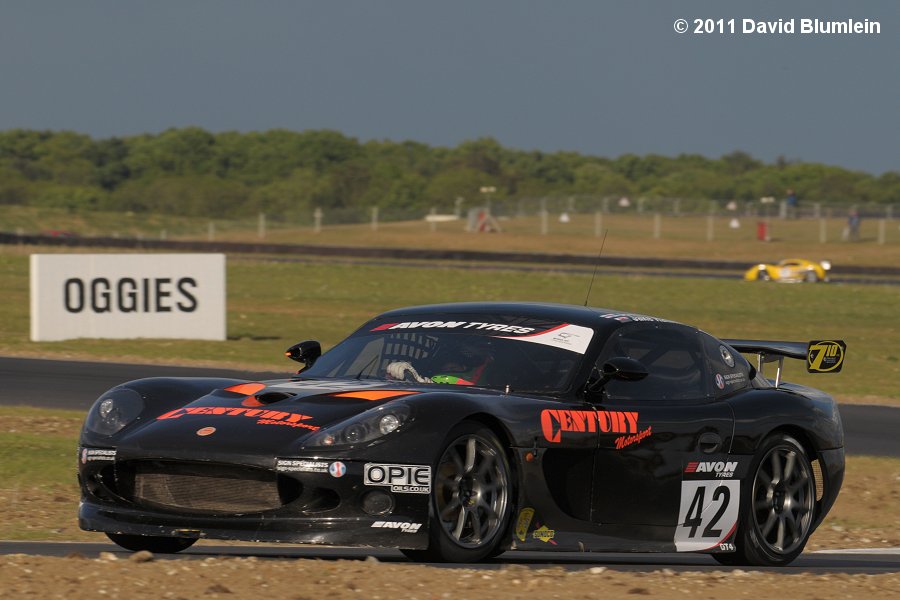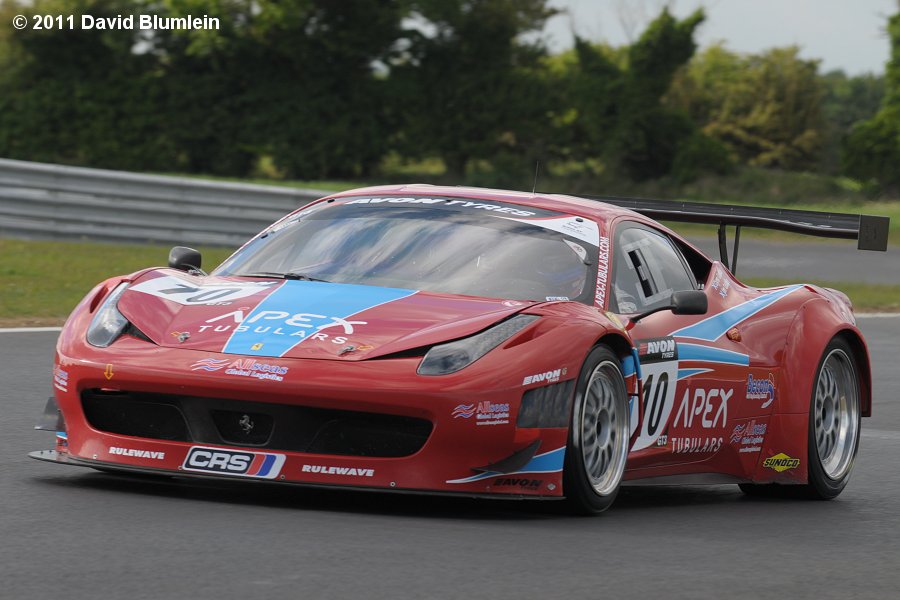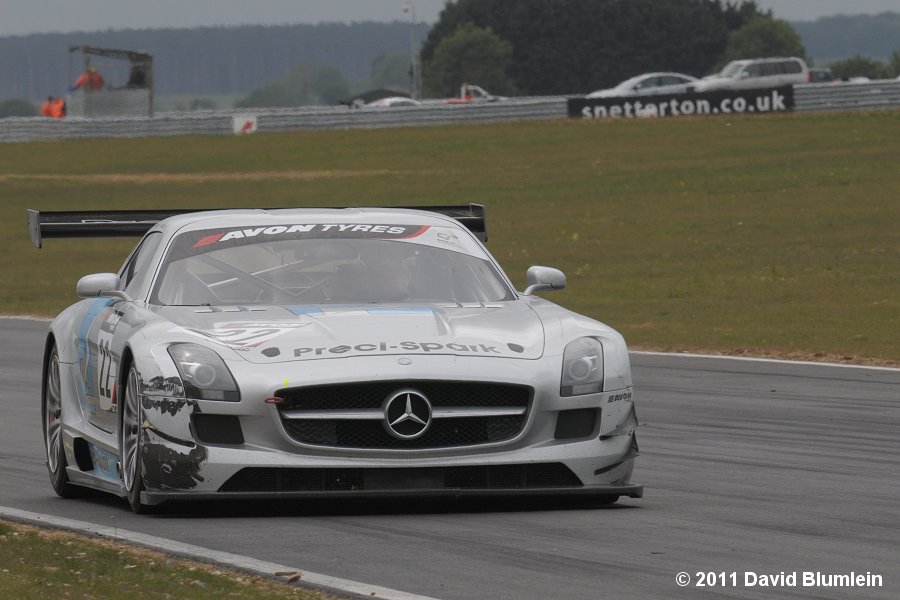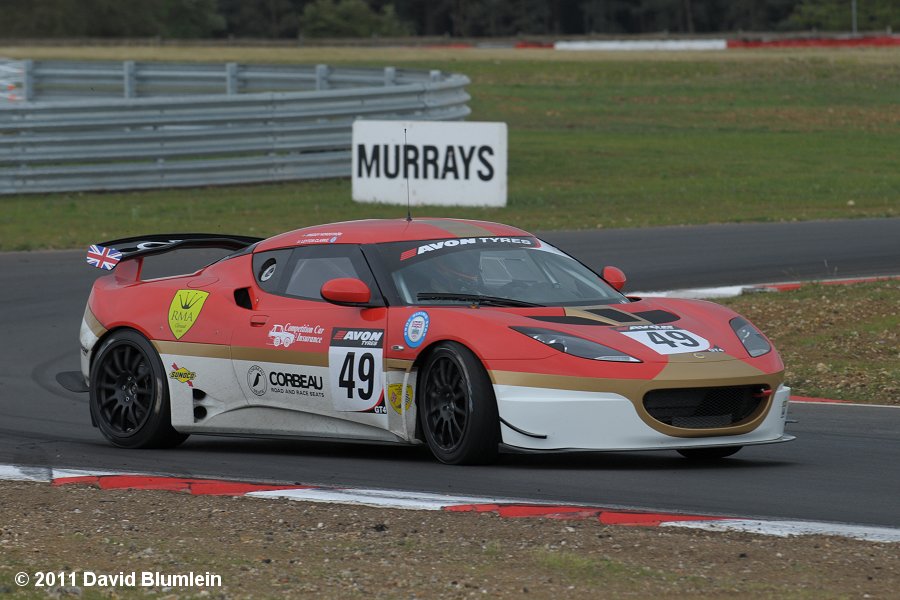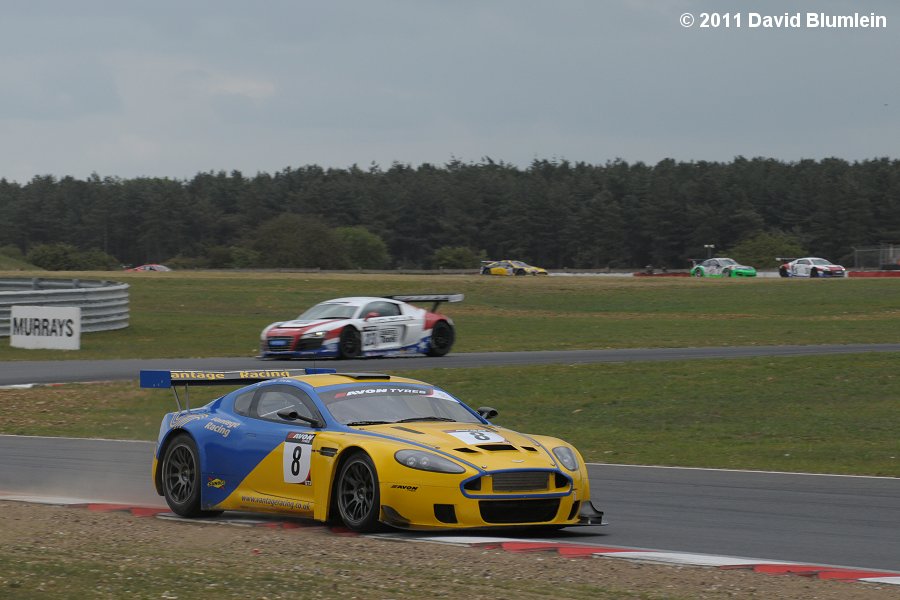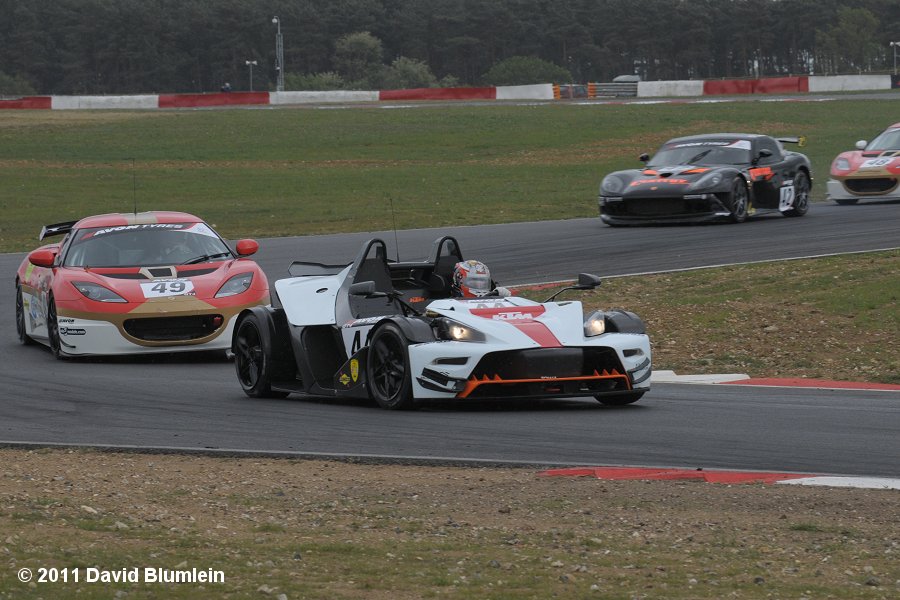Le Mans, two short words that for those of us who make the annual pilgrimage to France defines a very long week.
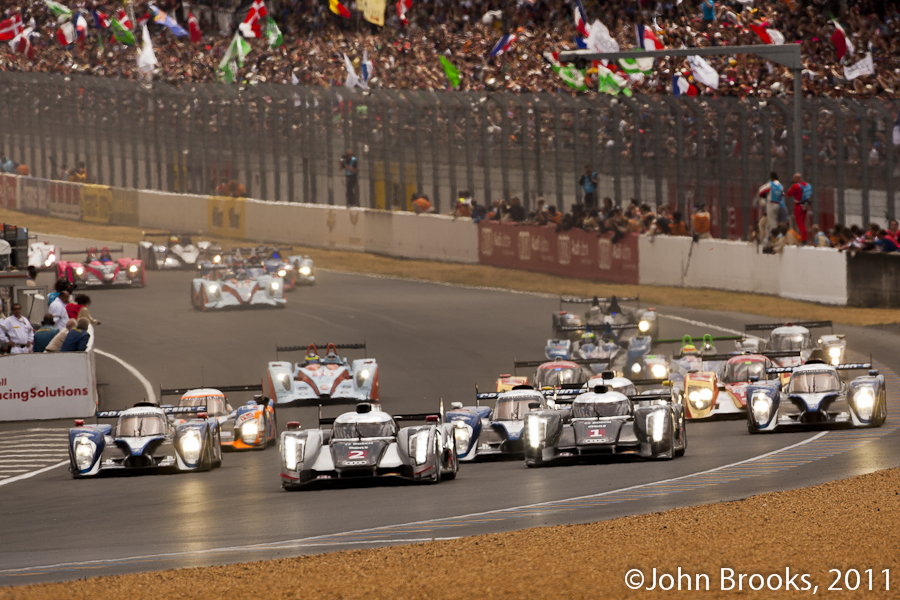
Heavy Metal
All of those who attend the annual festival of speed and endurance are participants, players on the great stage. It is, perhaps, one of the defining qualities that makes this event so special, the sense of inclusiveness; we are all part of the story. Robert Altman should have directed Steve McQueen’s “Le Mans”, what a movie that would have been, at least it would have a plot.
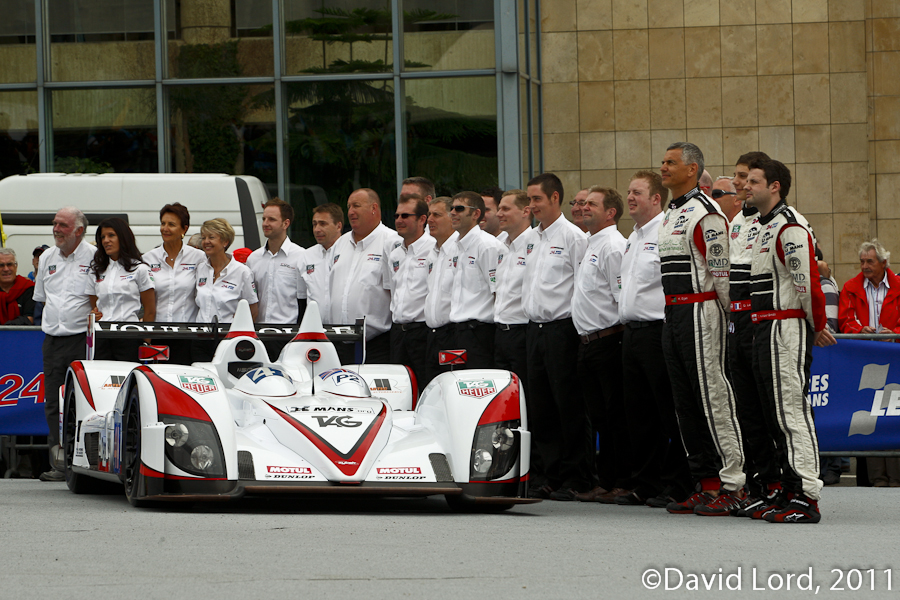
Uniform Image
This element of participation runs counter to my philosophy regarding reporting events. One website that I was associated with until recently, adopted a policy of the bloggers relaying breathlessly their own activities at the meetings that they cover. The results are, by and large, both tedious and banal. Airline food or whether you get an upgrade is not something to comment on, nor how many times your pass gets checked, that is just reminding the reader that you have a pass. Whines about how long and hard the days are, should also be verboten, it goes with the territory. To be a part of the story requires the writer to have something interesting to say. Also he, she or it, has to be able actually tap on a keyboard in a manner that provokes others to spend time reading the purple prose. There is a sound reason why Hunter S. Thompson was unique.
Nevertheless, like all rules this one was meant to be broken from time to time. Le Mans is a kaleidoscope of random events underpinned by the final 24 Hours of competition, so during my time in France I jotted down notes and hypocrite that I am, I will share them with you, I hope they pass the entertainment hurdle.
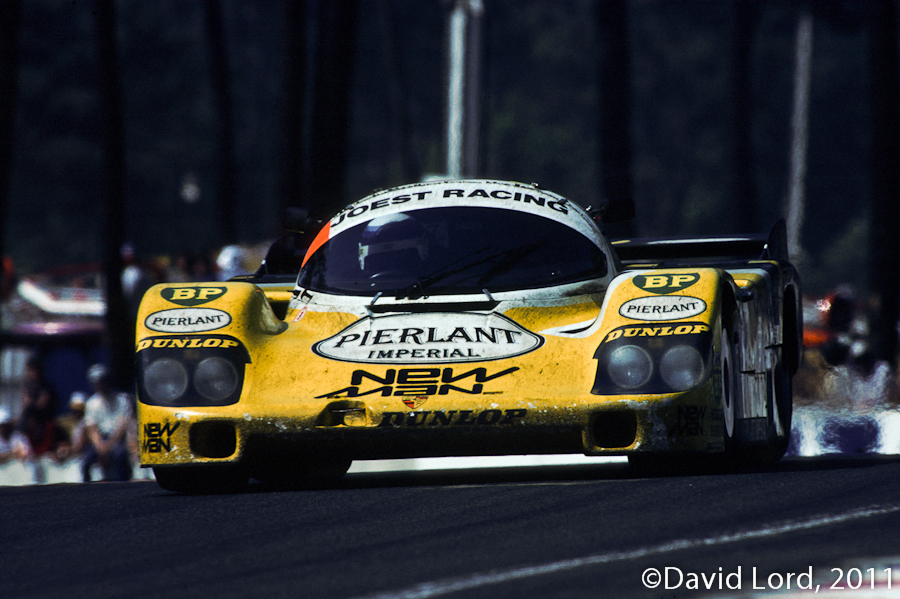
The First of Many
2011 saw me clock up thirty-one editions of the Le Mans 24 Hours, three as a Page and Moy spectator back in the 70’s and the balance as a disreputable part of the Media Corps, a disjointed rabble, that ranges from the few ultra professional to the majority who are for the most part completely clueless. Before heading to France I resolved to try some different approaches to the task of covering the event, in the end some of this plan worked, some did not.
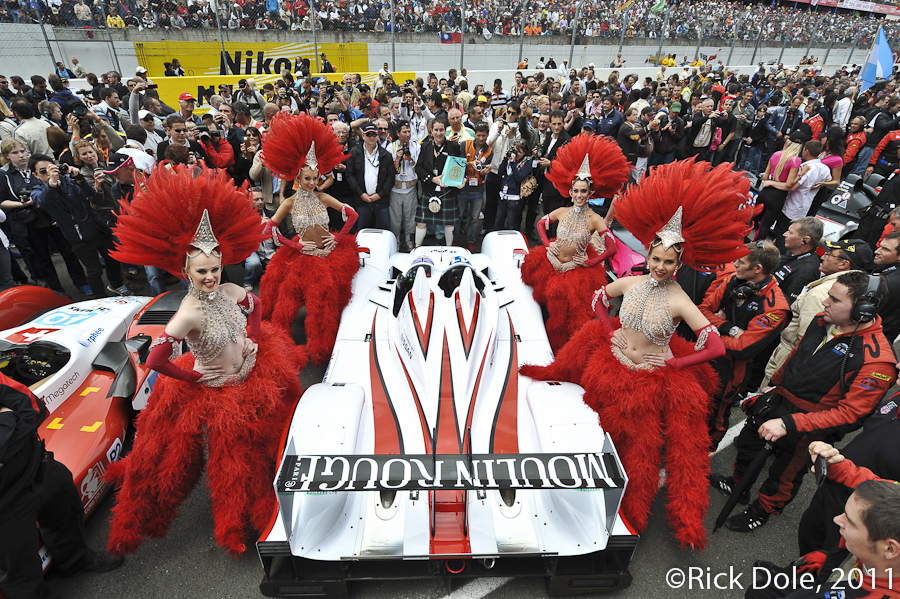
Simply Red
The role I was to play was different this year as amongst my assignments I was assisting the Greaves Motorsport team with their press activities. Crossing over to the “dark side” I even got to wear the team shirt and stand in the team shot in the Place des Jacobins, though the abuse and catcalls from my “friends” on the photographers’ stand made me consider the wisdom of this course.
Being part of the team, in however small a way, did change my approach to the race, none of this impartial crap, I was partisan as hell when it came to MY team. It was also a good chance to use the negative karma on those who have pissed me off during the past few months, you know who you are, and you know where you finished, if you finished. Selah!
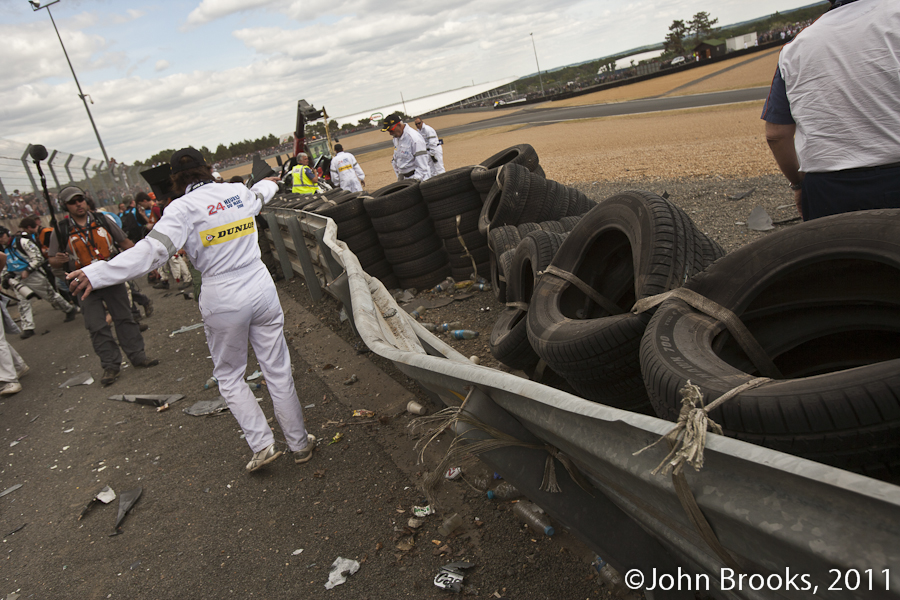
A Fine Line
Looking back on the 2011 race, the sharpest images will be those of the two Audis being destroyed in two huge crashes. Allan McNish tried to pull off an overtaking manoeuvre, similar to hundreds that he has managed in the past, this time it did not come off. Anthony Beltoise in the Ferrari did not see his R18 coming and the contact sent the Audi spearing off the track, to be launched at the Armco beyond the gravel trap. Allan survived his flight as one might have expected in a well built car such as the Audi, but the photographers in the firing line were the ones who really rode their luck. One of them, DSC’s Peter May aka Pedro, remained calm enough after the incident to snap away at the wreck, intestinal fortitude I believe it used to be called. Best comment on the aftermath came from Tom Kristensen, courtesy of Andrew Cotton. He opined that as a result of the impact that Allan’s balls would be bigger than when he started the stint and that they would be blue like the Scottish flag…………..there is no good comment possible on that frankly disturbing image.
The Mike Rockenfeller crash later in the race looked much worse at first view, the unthinkable was on the team’s minds and the expressions on their faces revealed by the TV cameras showed that clearly. Rocky survived thanks once again to the engineering expertise of Audi and Dallara, God bless carbon fibre. Robert Kauffman, whose Ferrari drifted off line to initiate the disaster, got a public pummelling from the ACO who insisted that he sit out the rest of the race for causing the carambolage. In some form of mitigation, the GT drivers were complaining all week about the two big factory prototype teams. Their concerns centred on the rather desperate overtaking moves that the Werks cars were pulling, driven by the closeness of the opposition and the relatively torque-less 2011 engines. That and the blindness caused by the LED lighting, giving the GT drivers no idea of the proximity or closing speed of the diesels, that were about to pass. It is a problem that needs addressing, because if the likes of Marc Lieb and Jörg Bergmeister are making public statements, someone needs to listen and act.
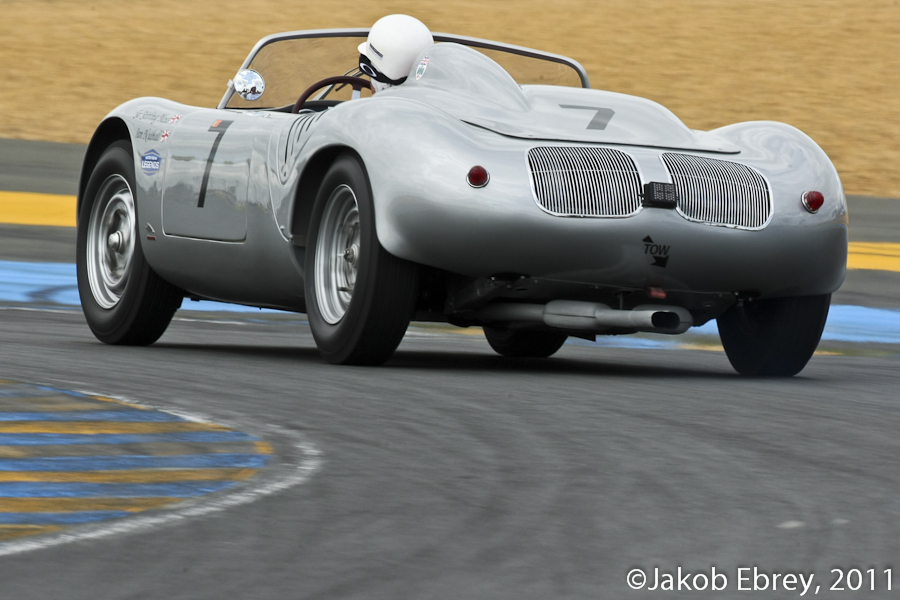
The Last Lap
One decisive act during the week came from Sir Stirling Moss who announced his retirement from racing, at the tender age of 81. He declared that the prospect of racing the Porsche RS61 at Le Mans frightened him. Ever a man of principle and courage he said afterwards, “This afternoon I scared myself and I have always said that if I felt I was not up to it or that I was getting in the way of fellow competitors, then I would retire. I love racing, but it’s time to stop.” Knowing when take a bow and quit is perhaps not the most easy thing that faces us in life, most would fail to match Sir Stirling’s style. Motor Sport ran a feature recently on one his many day of days, defeating the Ferraris at Monaco 50 years ago. Now the last of the great drivers of the 50’s has hung up his crash hat, let’s hope that he enjoys his retirement.
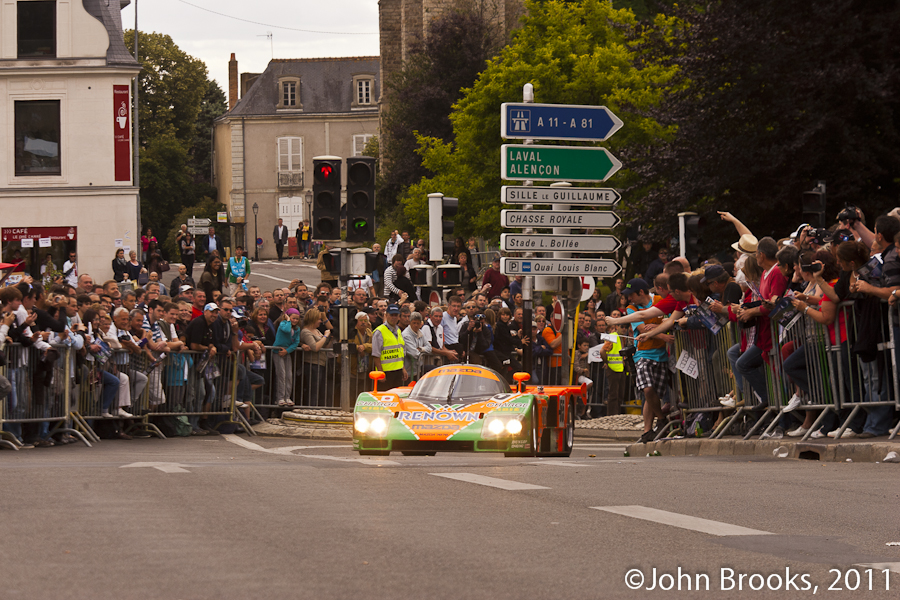
Mazda Magic
Anniversaries pile up during the Le Mans event but can it really be twenty years since the garish Mazda 787B defeated the might of Peugeot, Mercedes Benz and Jaguar to win the race? Yes it is. So we had a chance to witness the victor again, to hear the unique siren call of the Quad Rotary engine. There were a couple of demo runs around the track with Johnny Herbert showing Patrick Dempsey how it should be done. During the Friday Drivers’ Parade, someone had the bright idea of letting Yojiro Terada and David Kennedy, both Mazda heroes of old, do a lap each of the city’s streets. At the conclusion of David’s run he gunned the engine as he rolled back into the Jacobins. A silly grin materialised on the faces of all who witnessed this sound, noise may be regarded as inefficient by some engineers but it very much part of motorsport’s appeal. The one piece of booty that I came back from France with was a copy of Pierre Dieudonne’s masterly tome, Never Stop Challenging, a history of Mazda in racing during the 70s, 80s and 90s. If you are at all interested in this period I urge you to get the book.
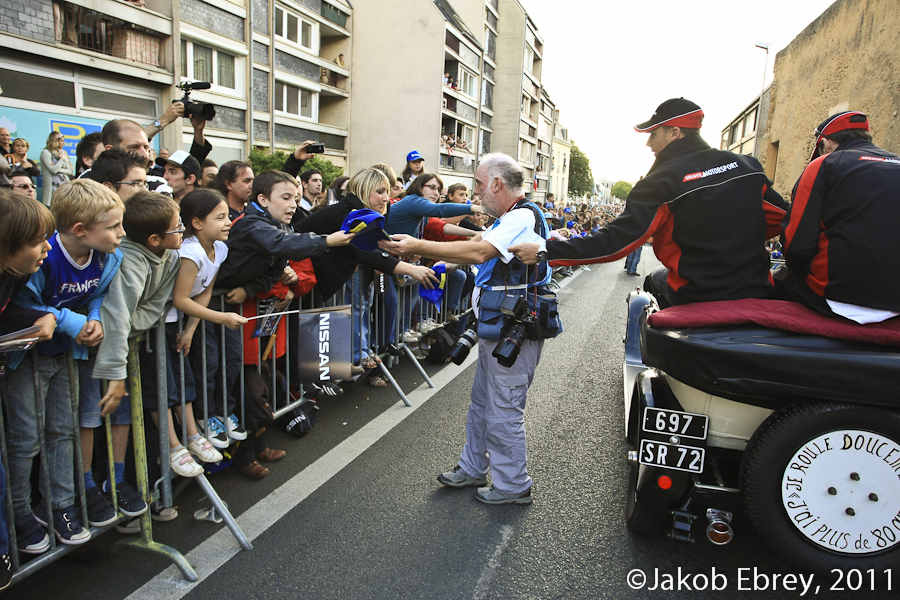
Friend of The Stars
Trying to do things differently this year, I shot the parade from the perspective of my team rather than waiting for all the drivers to go past one spot. It certainly was an eye opener; the crowds are, for the most part, completely bonkers. However it is an important part of the pageantry of the race, once again giving the paying public both proximity and participation to the stars, long may it continue. One trend that I saw this year was the use of water pistols by idiots in the crowd to douse the drivers in the parade as they went past sitting in the open cars. If that habit is not stamped out then I can see the drivers ditching the event, especially those who pay for the privilege of competing. As ever a few morons will spoil the event for the rest, the forums are full of similar tales of selfish and ignorant behaviour in and around the campsites.
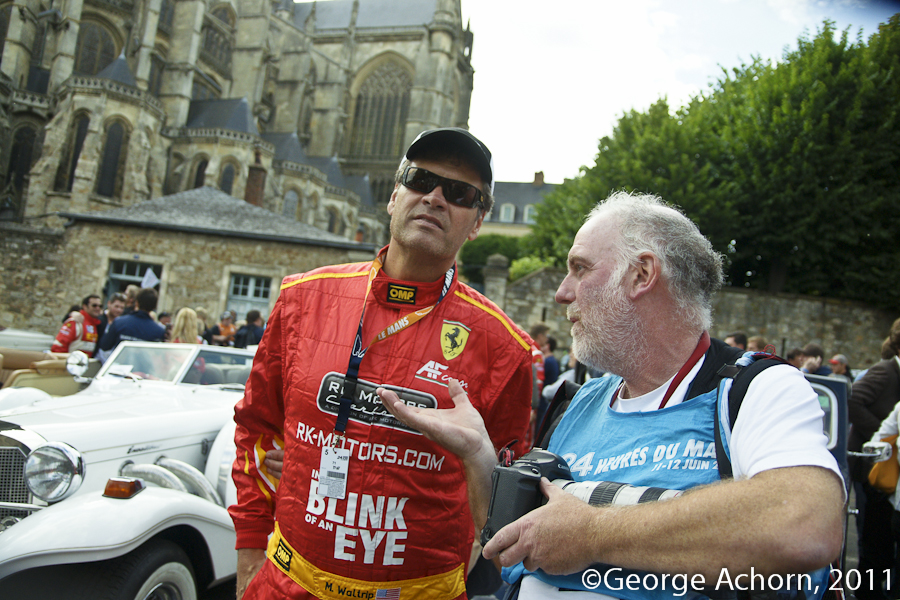
Y’All come back, now.
For the drivers who were making their Le Mans debuts, the whole Drivers’ Parade scene is a very strange happening, organised yet chaotic. Michael Waltrip had a bemused look on his face on the Friday afternoon. The double Daytona 500 winner must have imagined that he had seen everything in a 25 year NASCAR career but he was unprepared for the intensity of the Le Mans experience. His shock must have been total as he interviewed me for his personal blog, fortunately for the future of You Tube, the footage ended up on the cutting room floor, stardom missed again.
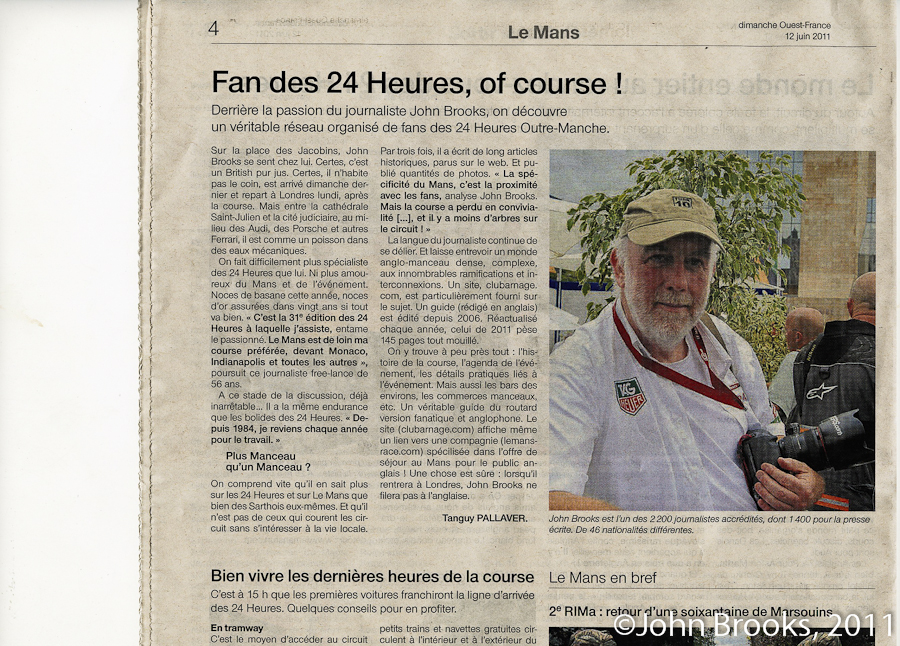
I read the News Today, Oh Boy…………….
Sunday morning I received a text from my old mate, John Dubrey, who was visiting the race after a gap of several years. Seen today’s Ouest France? You are in it!! A young French journalist had spoken to me at the Scrutineering on Monday and six days later I was in print, with a photo showing my attractive side, resplendent in Greaves Motorsport 2011 Le Mans team shirt and Turn Ten cap. Move over George Clooney………….yeah right. I had the piece checked out by a proper French speaker and I was as anodyne as one of my press releases, maybe a future in politics awaits.

You Make Me Feel Like Drinking
Memory Lane was a familiar destination during the week. Long time top F1 snapper, John Townsend, was on hand to shoot for BMW with the mighty David Lister. On seeing me in the press room he laughed and said he something for me on his Mac, dating back to 1983 and Monaco. It was as ominous as it sounded. Sadly, Leo’s career has been on the slide since this unfortunate encounter, you can judge the horror of the situation yourselves from the shot. As I recall Frank Bough was also outside the Tip Top that night, he even got a round in, thanking the TV Licence payers for their largess and we all know how that story went.
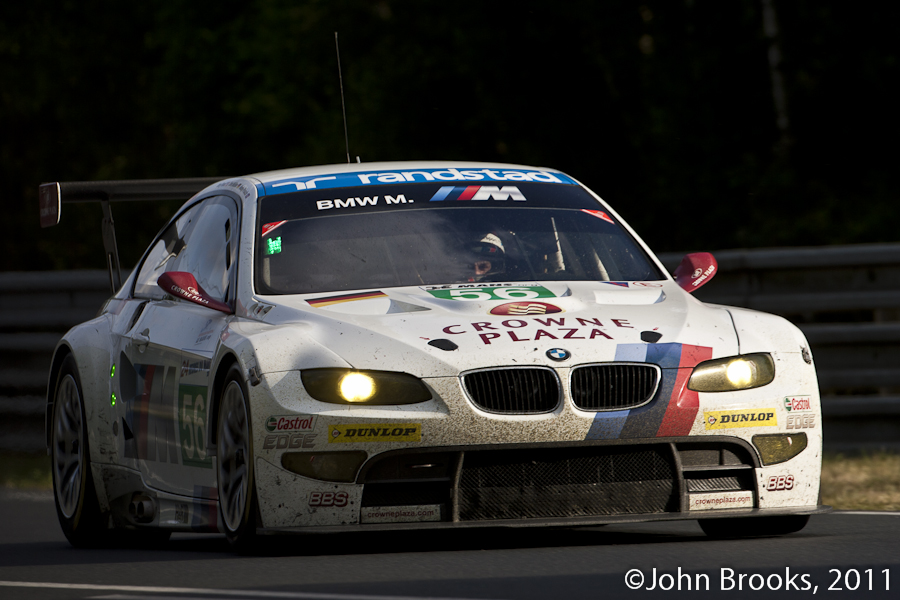
Arnage BMW
Even being out on track I was not safe from my criminal past. Back in 1995 I had misjudged a left turn outside the circuit and was hit by a speeding Donkervoort, totally my fault I have to admit. The two Dutch guys in the car were not happy with me but showed much more grace under pressure than I would have managed. During the race this year I was shooting at Arnage and there were two marshals also snapping away, they were between shifts. One came up and said, “You don’t remember us do you, Mr Brooks?” Their identities were revealed and a fresh sense of shame washed over me, I was once again mortified by my careless driving, that fortunately had no lasting consequences. They did cheer me up as they said how much they liked the retrospective pieces I write these days for a Dutch magazine, RTL GP. My head swelled momentarily but it soon passed as I struggled to get my Mojo working track side. Mojo was short supply in my case this year, the camera does not lie.
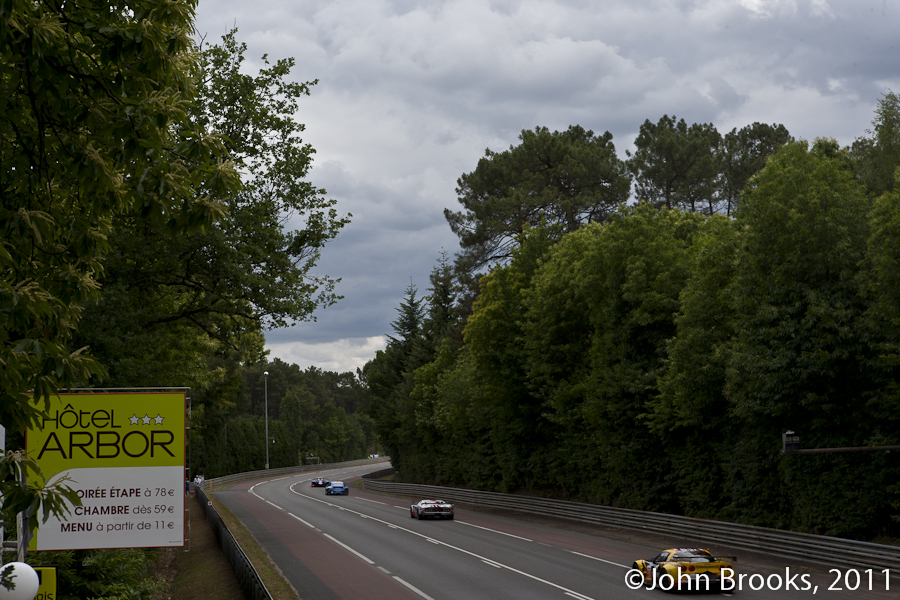
Motel Blues
Mojo is usually associated with music and the 2011 Le Mans 24 Hours had, like every other year, its own soundtrack that followed me round as I commuted to the track and the places to shoot. Cool as you like is the Richard Earnshaw tune “Rise” but perhaps the pride of place should be given to the late, great Gil Scott-Heron. His catchy “Racetrack in France” seemed truly appropriate even it was in reality about Le Castellet. This stuff helps while trundling around in the traffic.
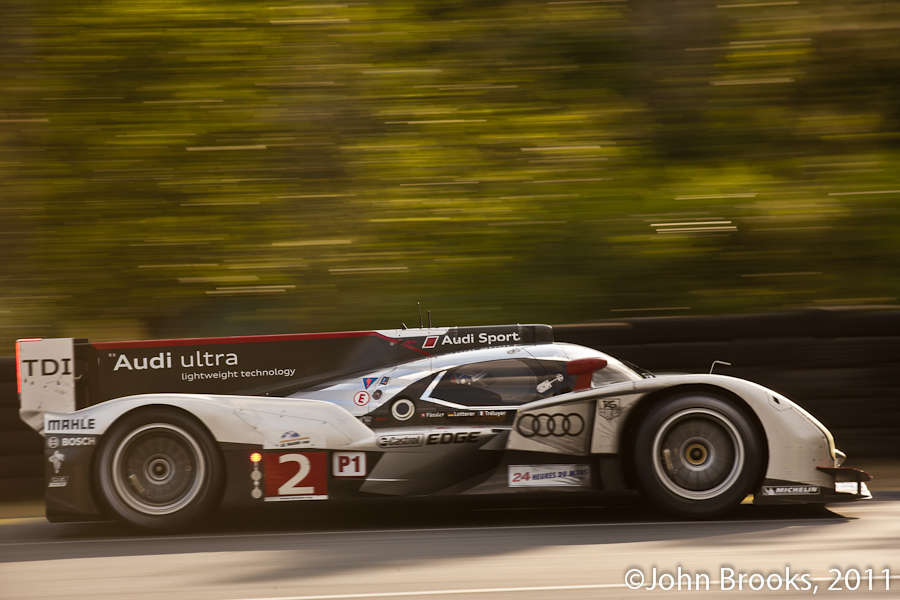
Come the Hour, Come the Man
Back in the race there was an amazing struggle between the Peugeot trio and the surviving Audi. I, and a few others, had to eat our words regarding André Lotterer, Marcel Fässler and Benoît Tréluyer. There had been doubts expressed regarding their position as factory drivers. Well they well and truly put those questions away with blindingly fast and error free stints. It is also worth remembering that they had to witness the utter destruction of their two sister cars in massive impacts, yet were able to strap themselves in and do battle with the French. If there were a tipping point when it became clear that they were going to win, it was after the safety car period following the Magnussen/Felbermayr accident. Tréluyer, in a mega quintuple stint held off the trio of 908s that were hunting as a pack, it was a race winning performance and I raise a glass to the Audi trio. Salut!
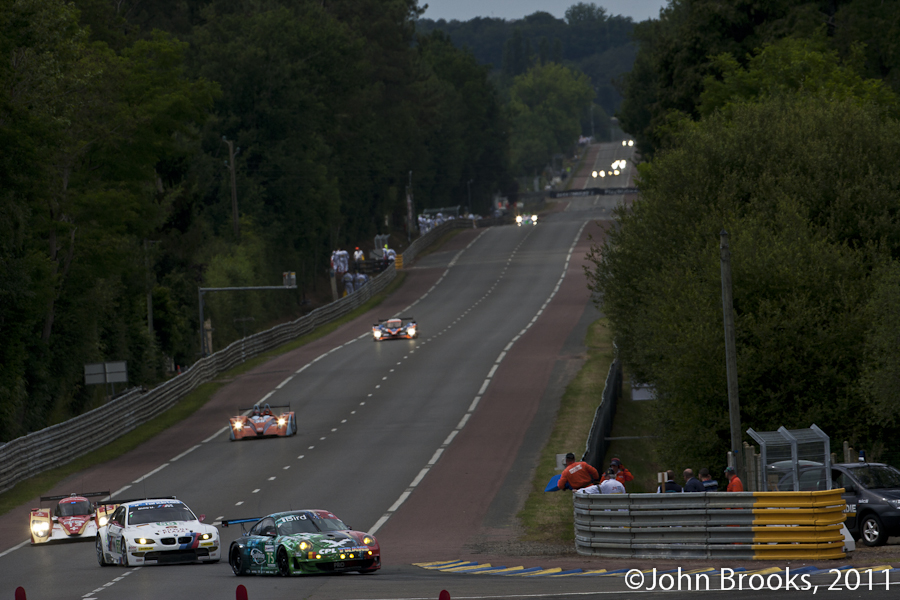
Mulsanne Straight
The changeable conditions and unseasonably low temperatures played havoc with both Audi and Peugeot at times, such outside factors making a big difference to how the cars performed. Both teams ran flat out and there was nothing to choose between the pit crews. When the Chequered Flag was waved by Daniel Poissenot on Sunday afternoon, #2 had a winning margin of exactly 13.854 seconds over the leading Peugeot, this equates to 763 meters. The victorious Audi R18 TDI covered 4,838.295 kilometres, at an average speed was 201.266 km/h. This is close competition by any standards.
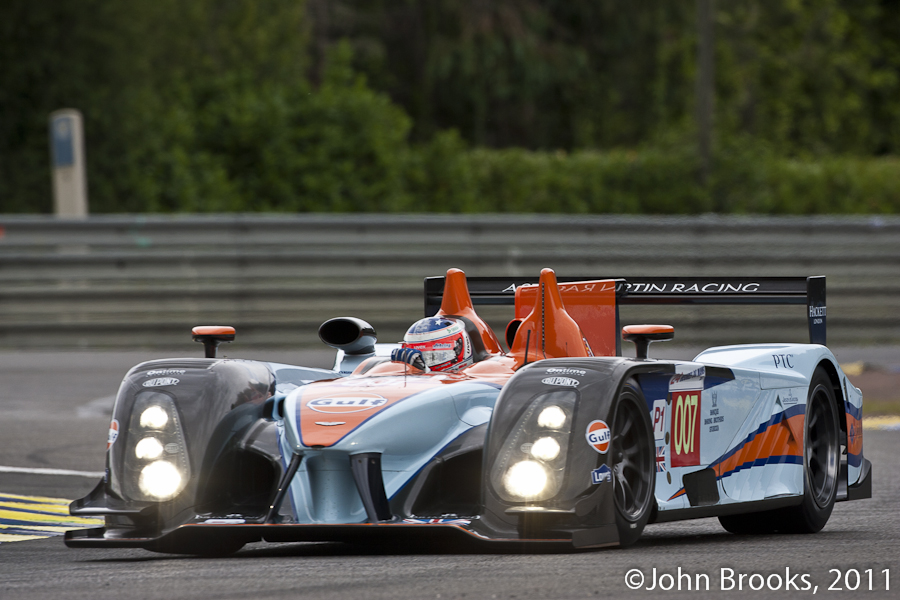
Hens’ Teeth
For the third factory team in LM P1, 2011 cannot end soon enough. The Aston Martin AMR-One pair only managed six laps between them in the race, a disaster that all the excuses and post rationalising in the world cannot mitigate. Aston Martin Racing has built up a solid reputation over the last decade for extracting the maximum performance from their relatively small budgets, that reputation is now in tatters. The only comfort is that things cannot get any worse, the only way is up. The distraction of fire-fighting the LM P1 project has led to the V8 Vantage being left behind in the GTE wars, which are every bit as keenly contested as the prototypes.
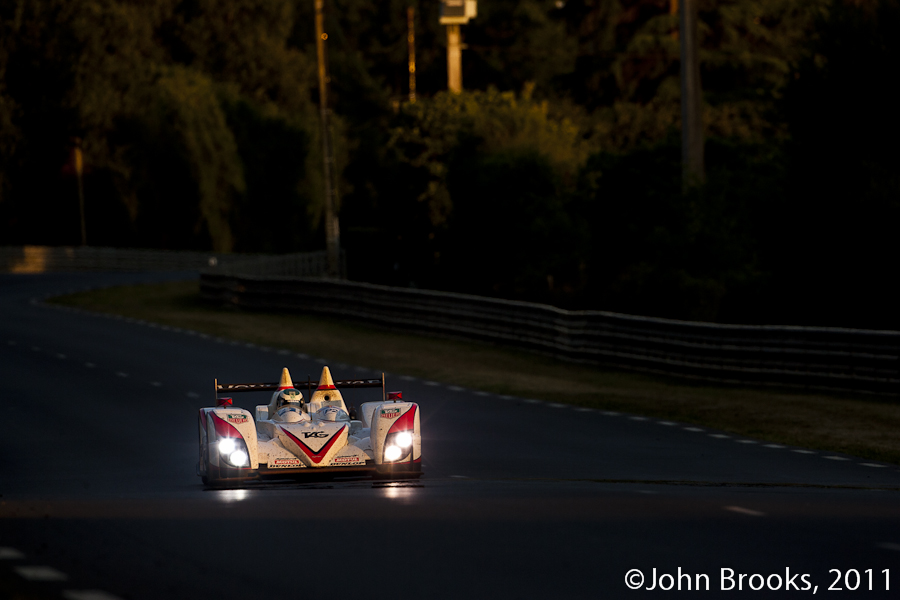
Focussed
Greaves Motorsport had a trouble free race, winning the LM P2 class by a country mile and to be even a very small part of that success was great. The expressions on the faces of the crew, drivers and supporters, as Olivier Lombard crossed the line for the final time will stay with me for a long time. The whole team did a fantastic job and deserved the win, achieved on a combination of performance and reliability, no matter what some have said subsequently.
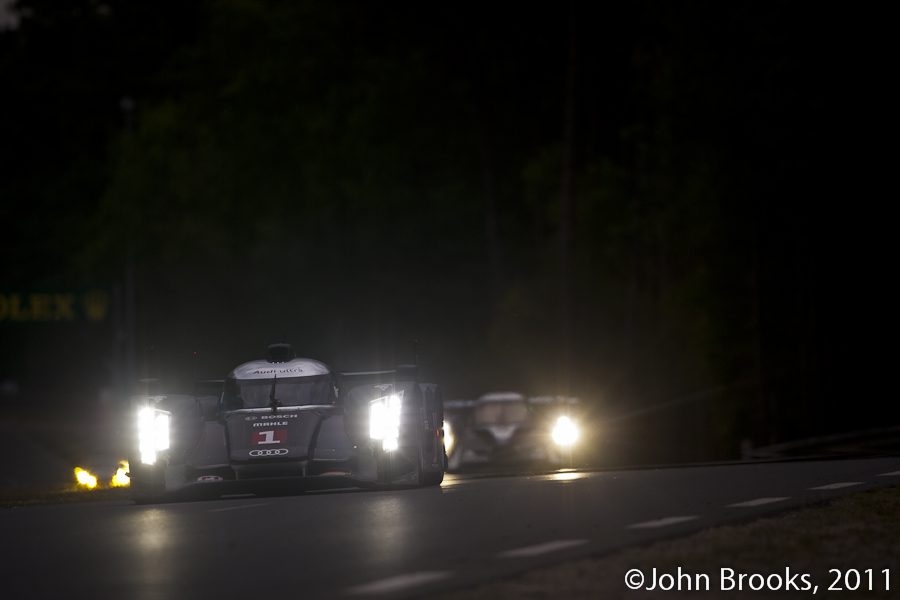
Another year done and dusted, Audi triumphant but at a high cost, the price was nearly too high. Peugeot, so close but no cigar, next year it could easily go the other way.
La Route est Dure, we would have it no other way. The Roads to Freedom are not easy.
John Brooks, June 2011

